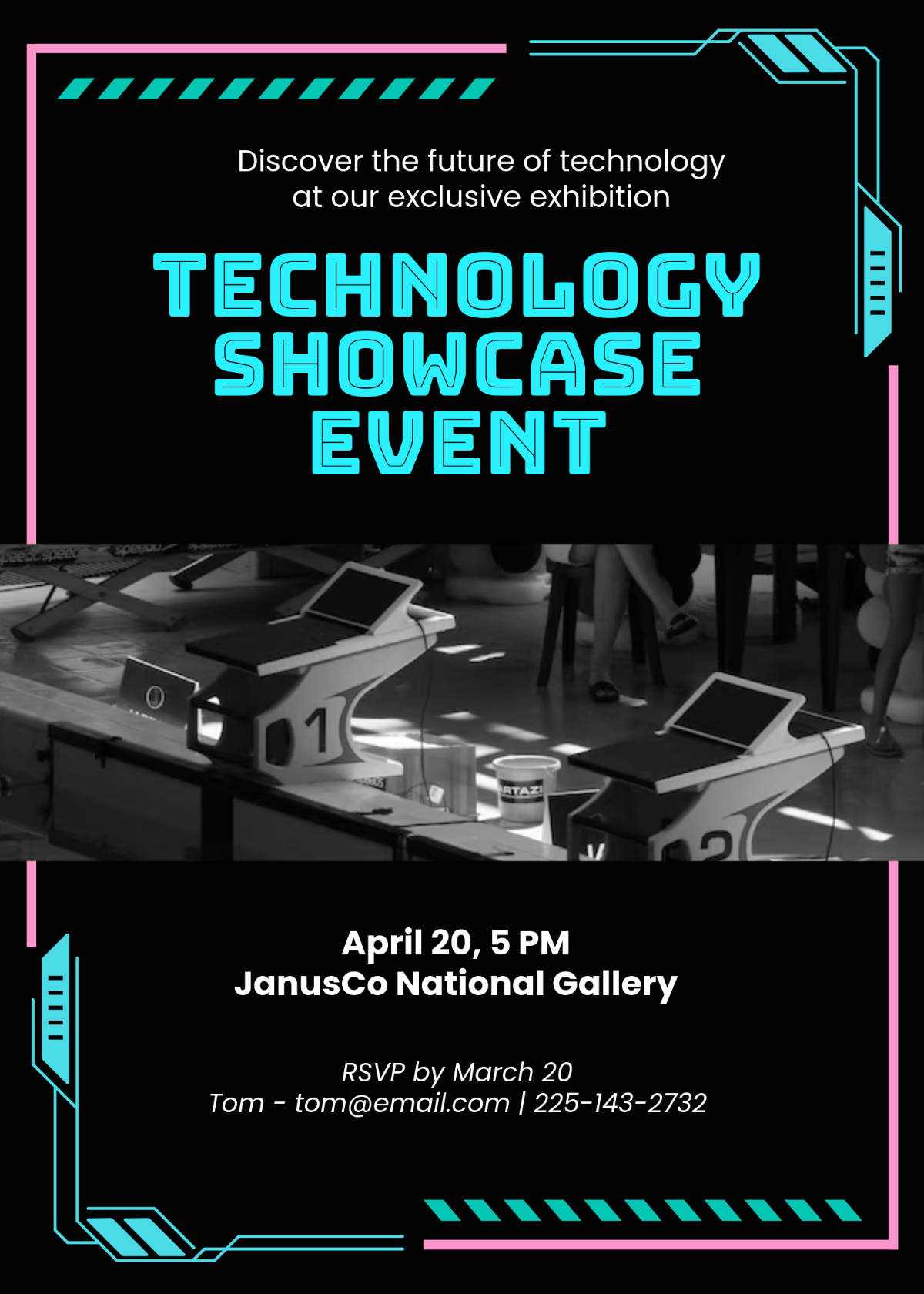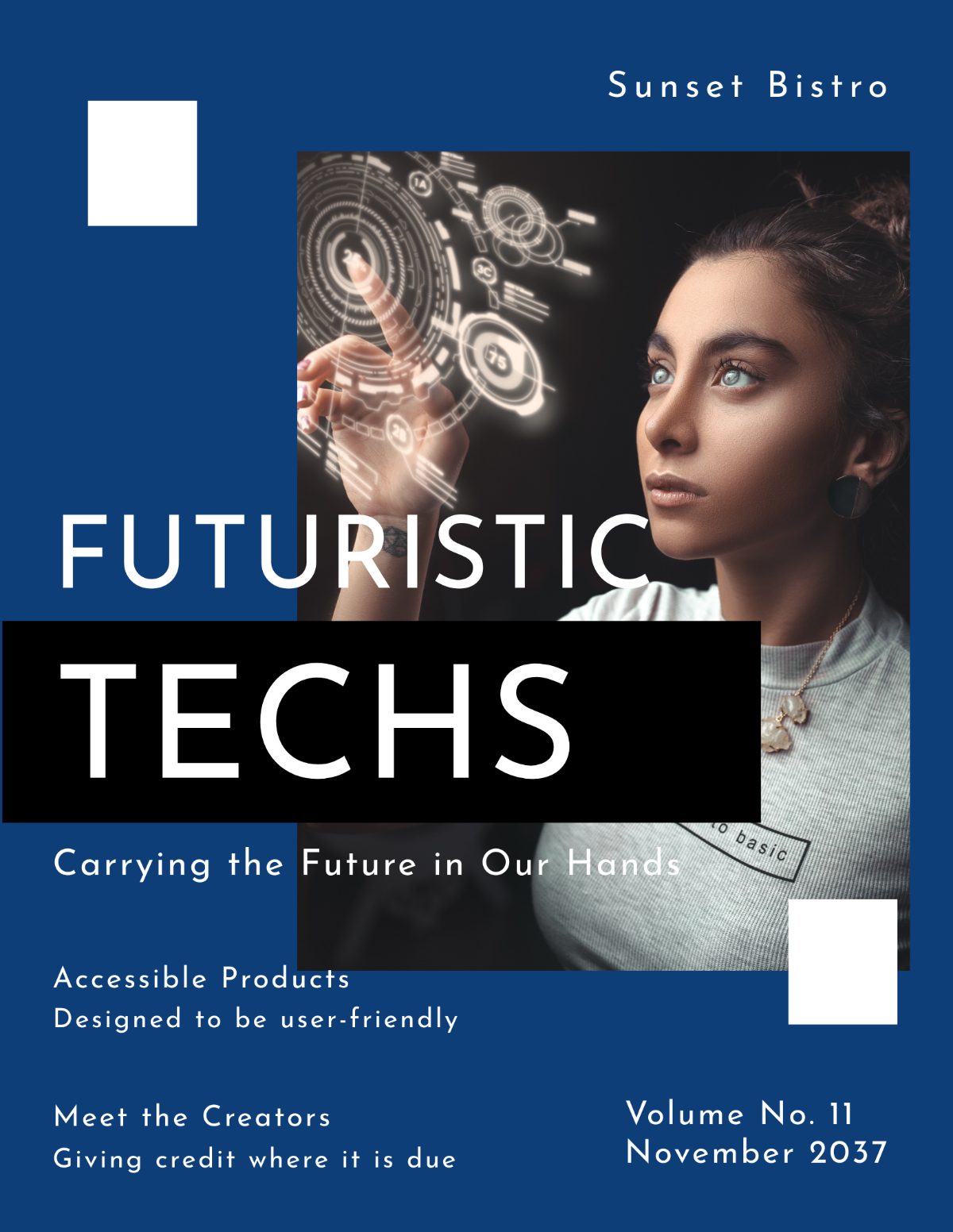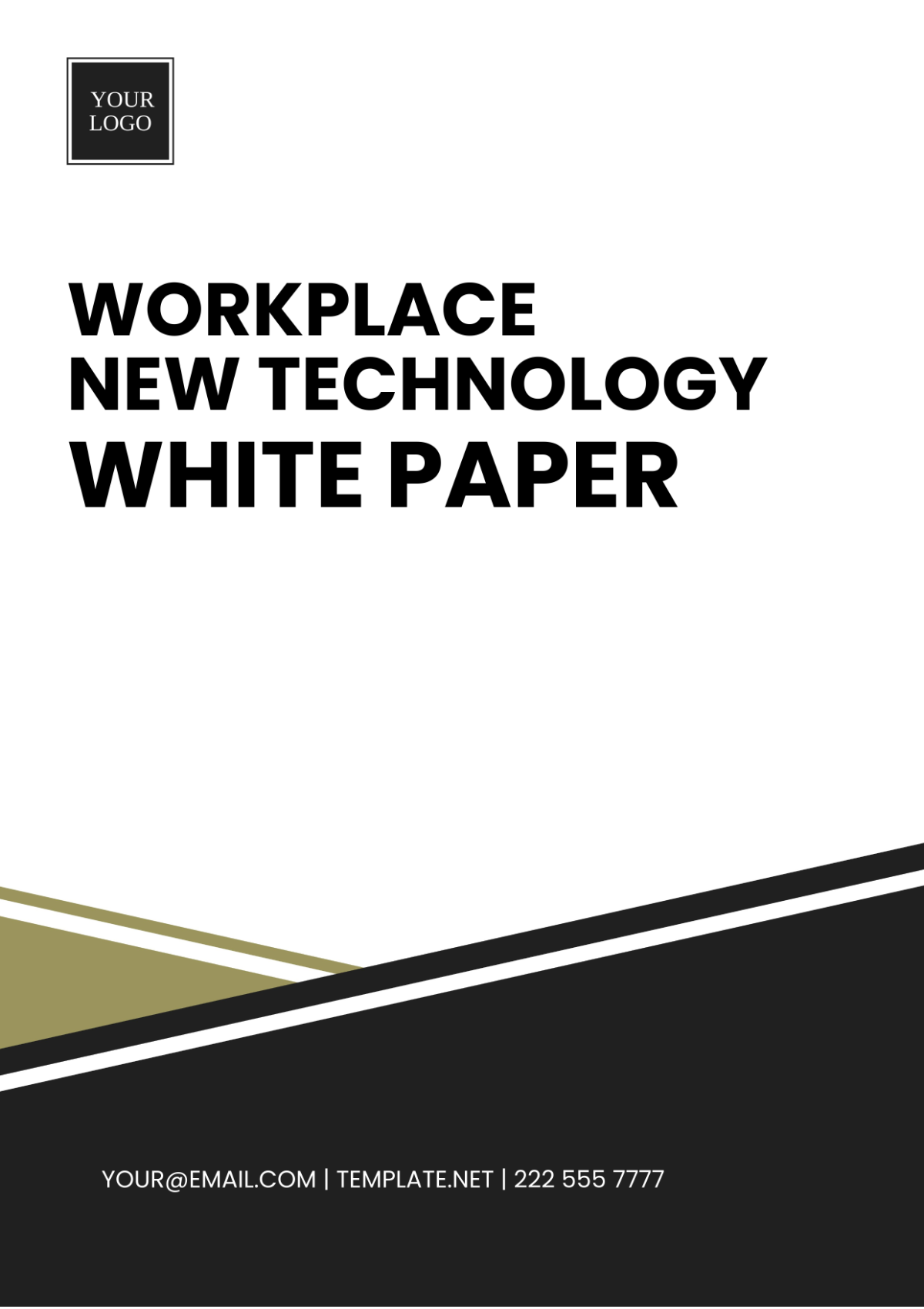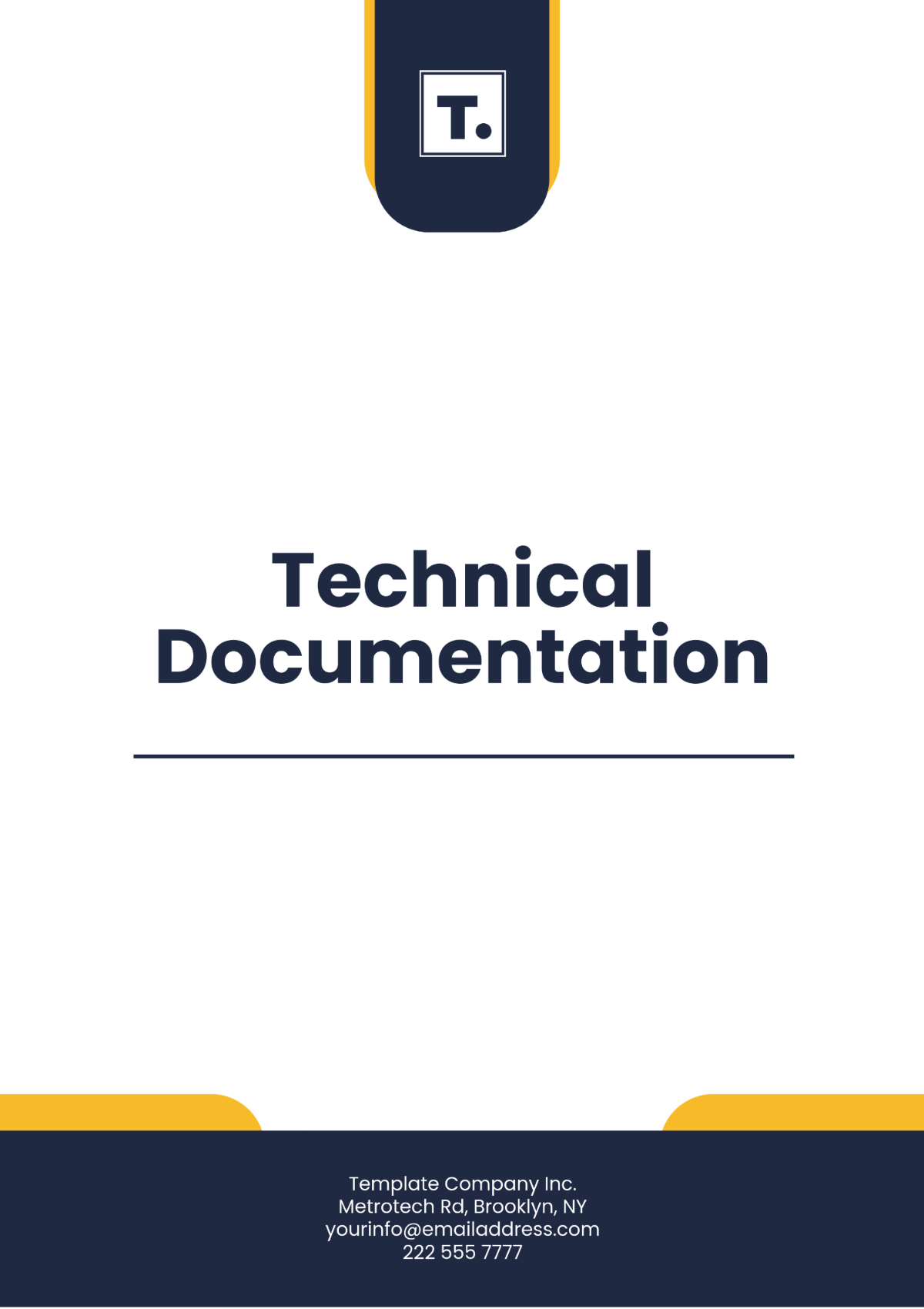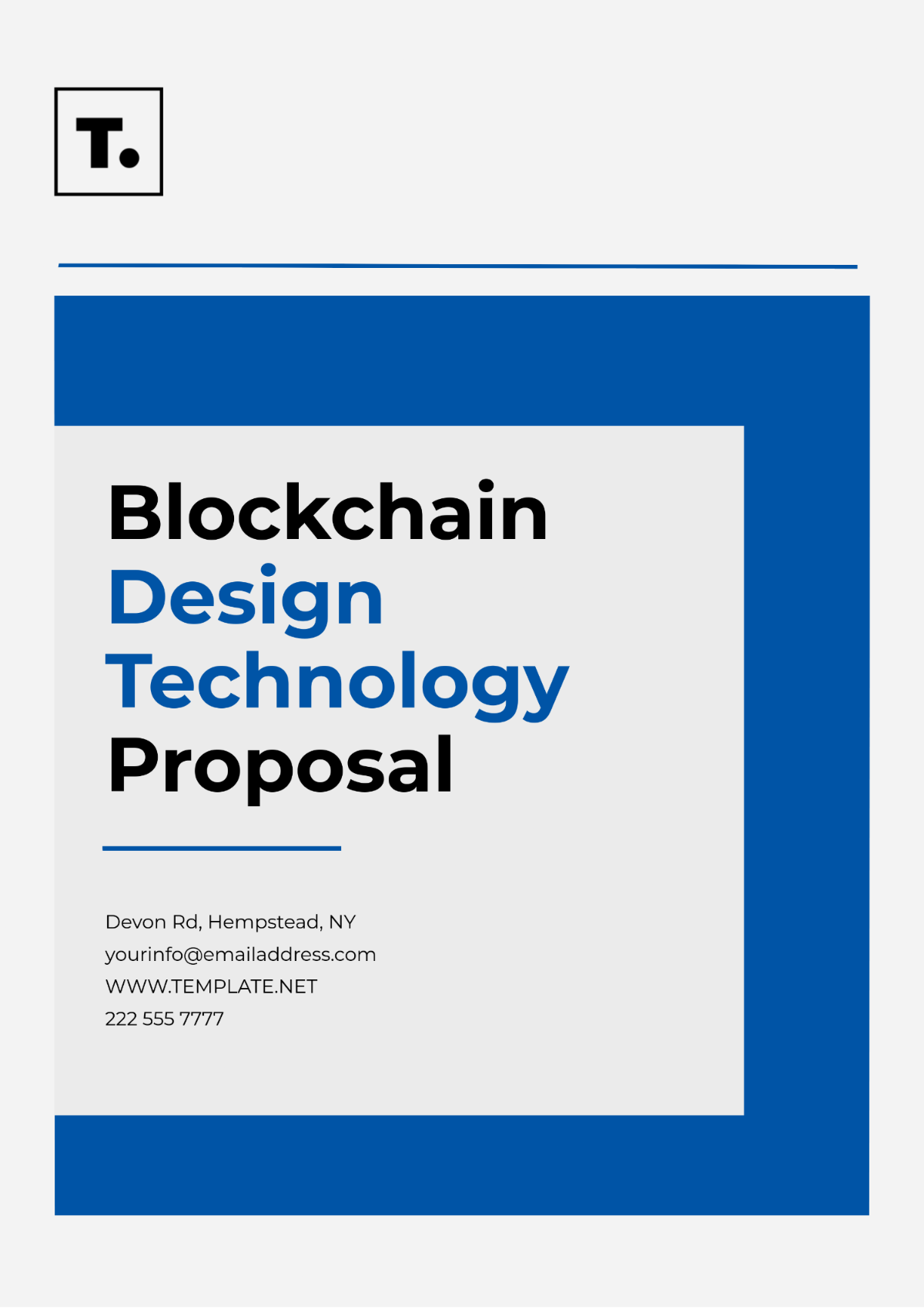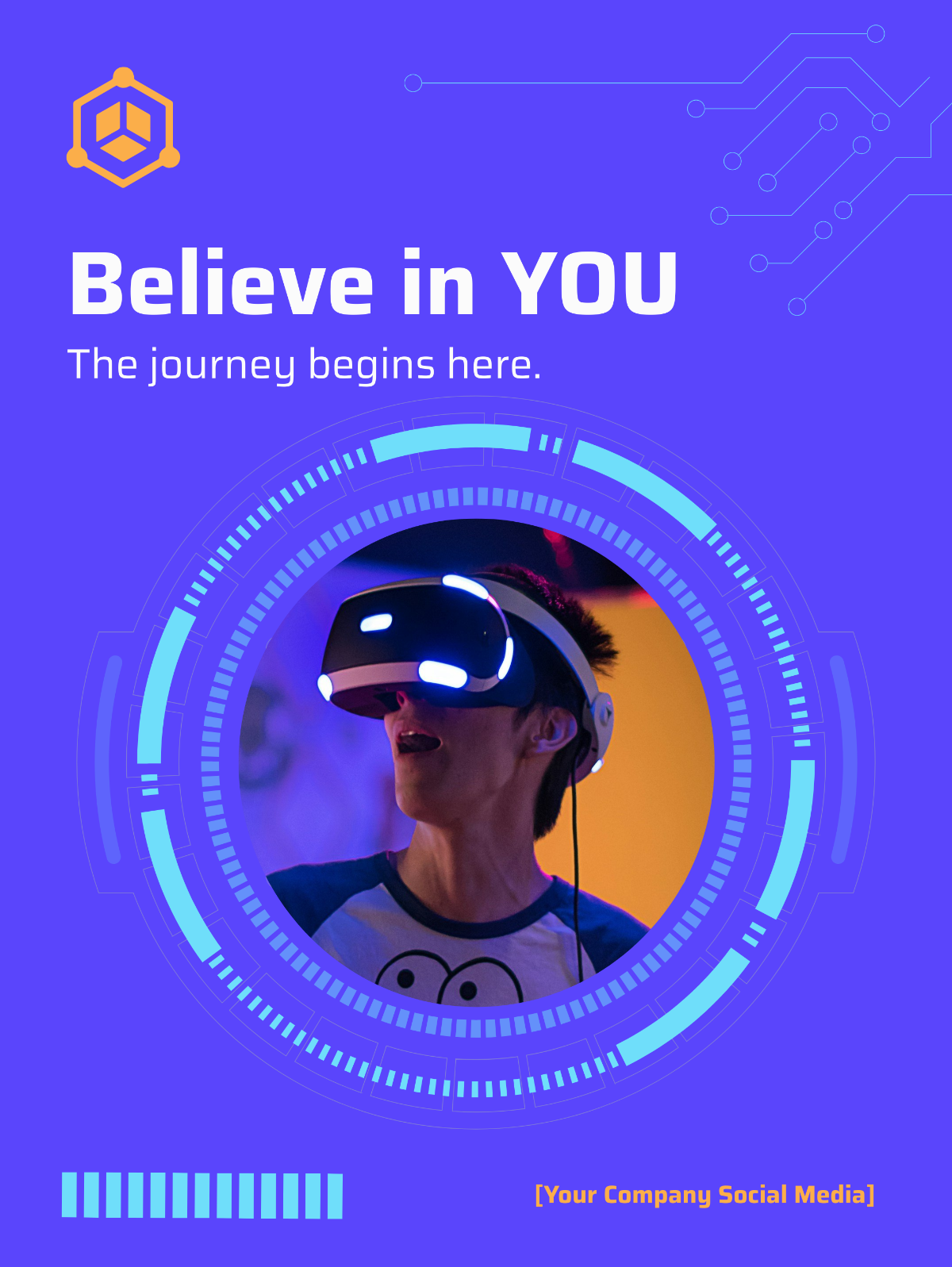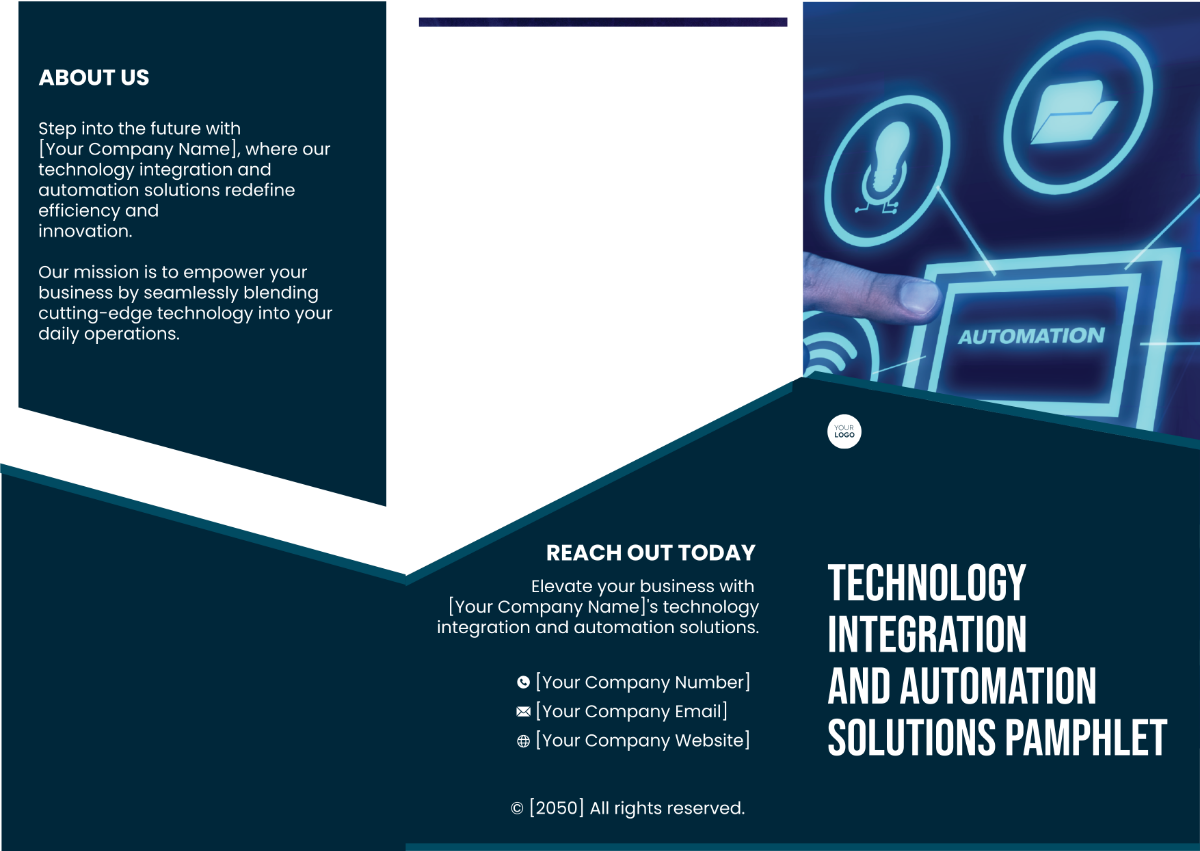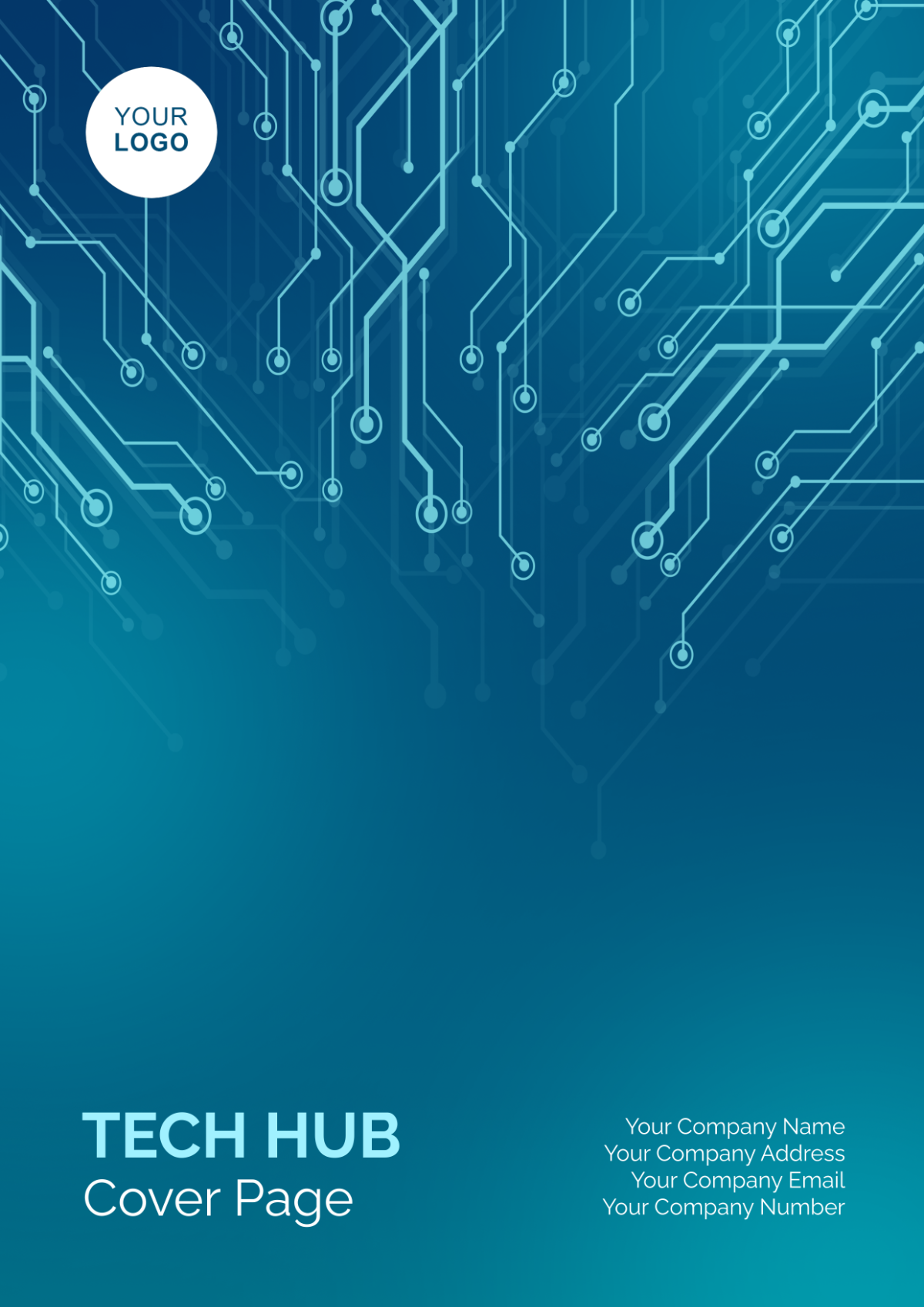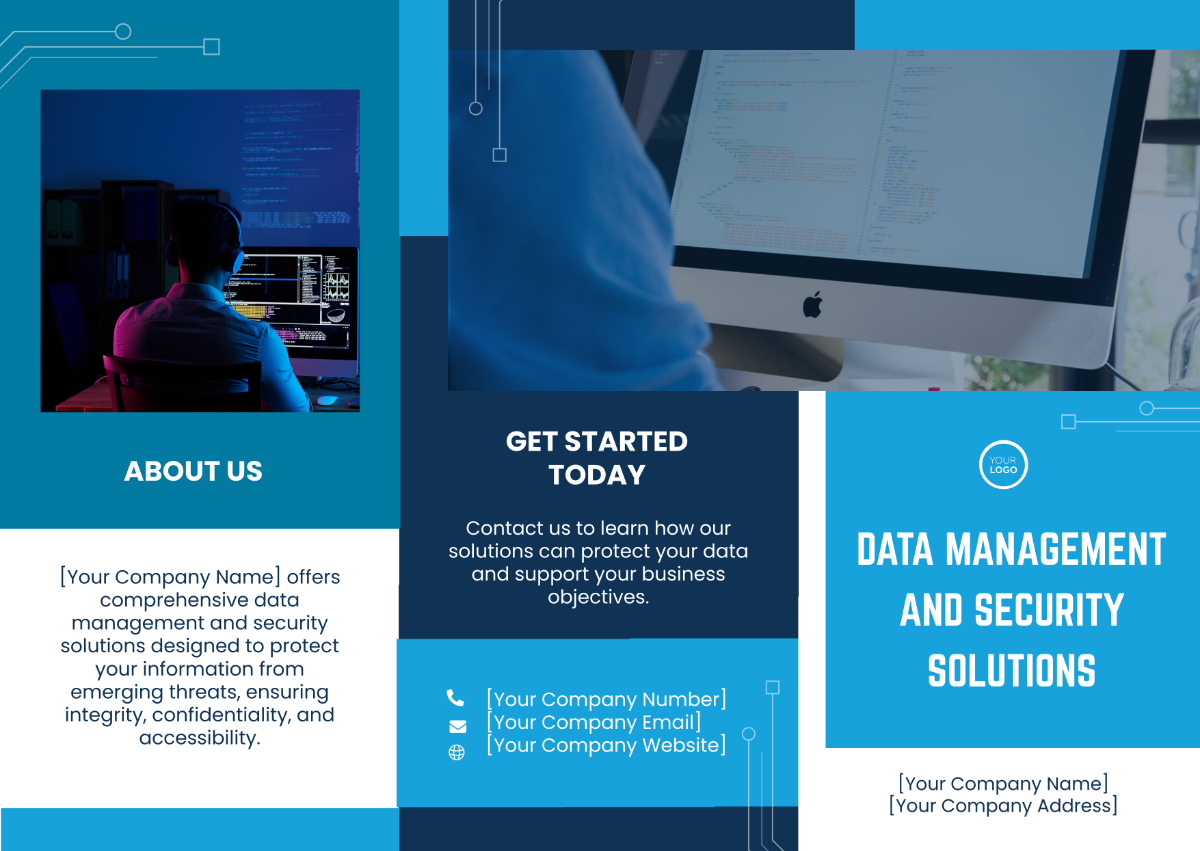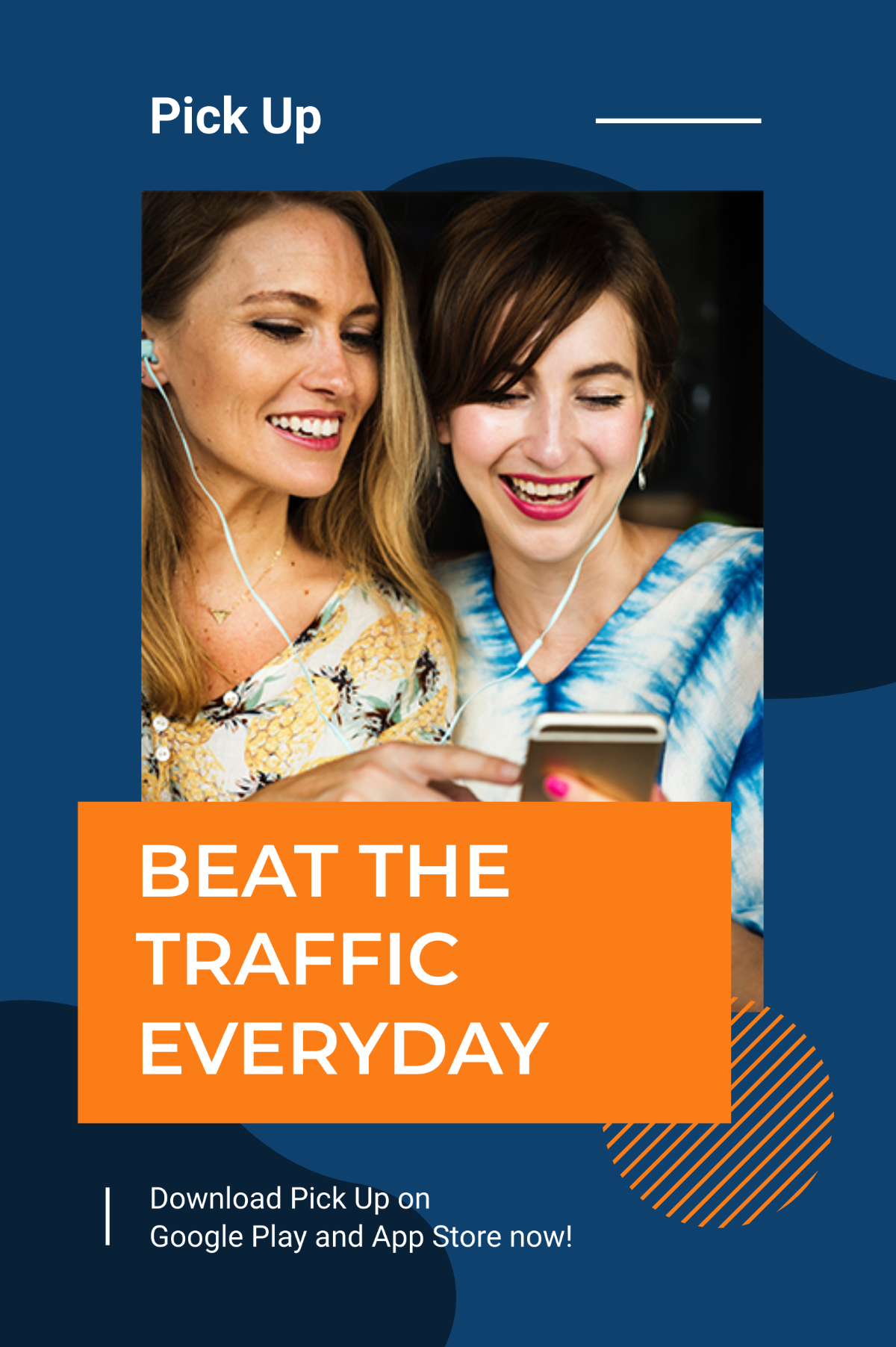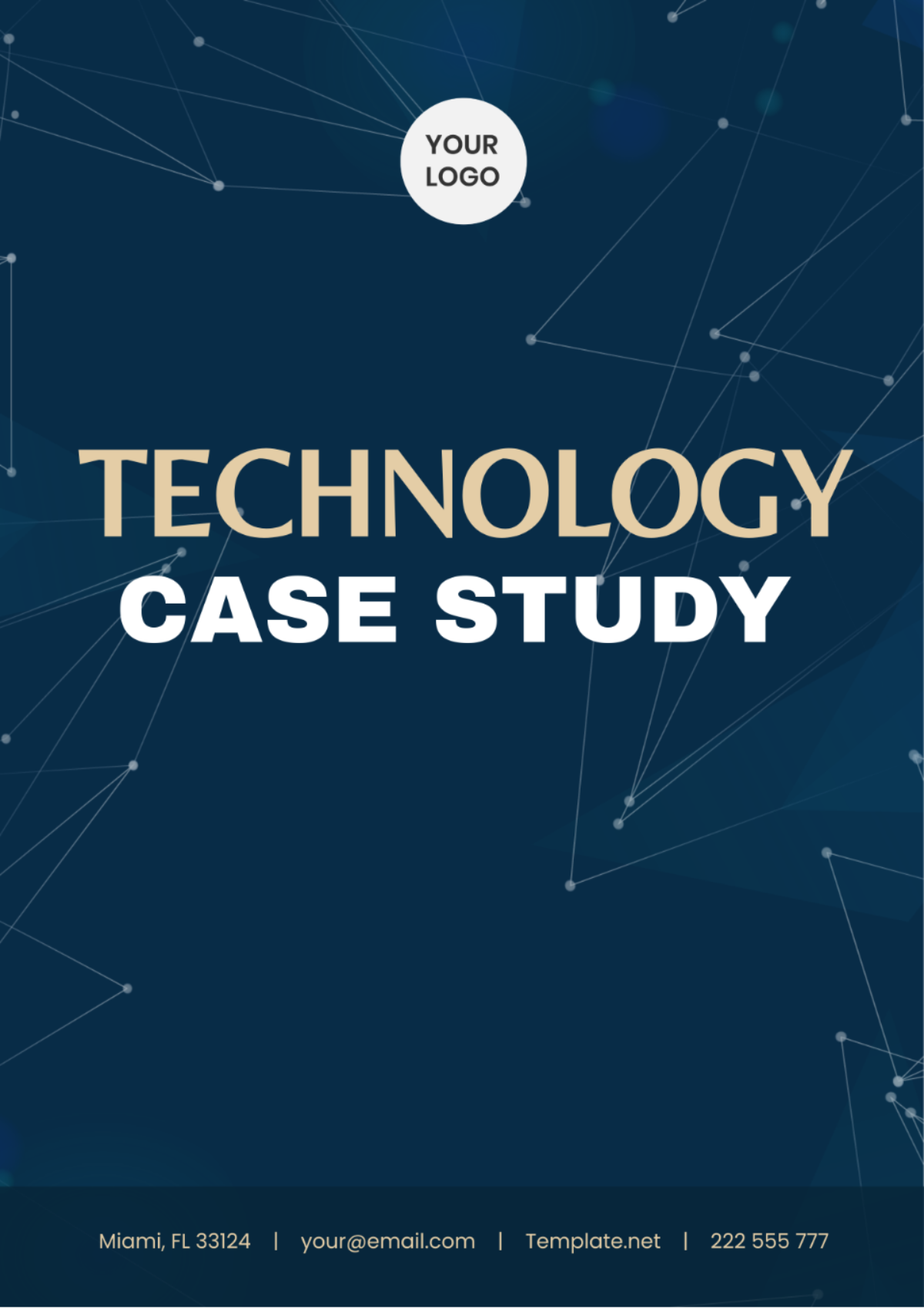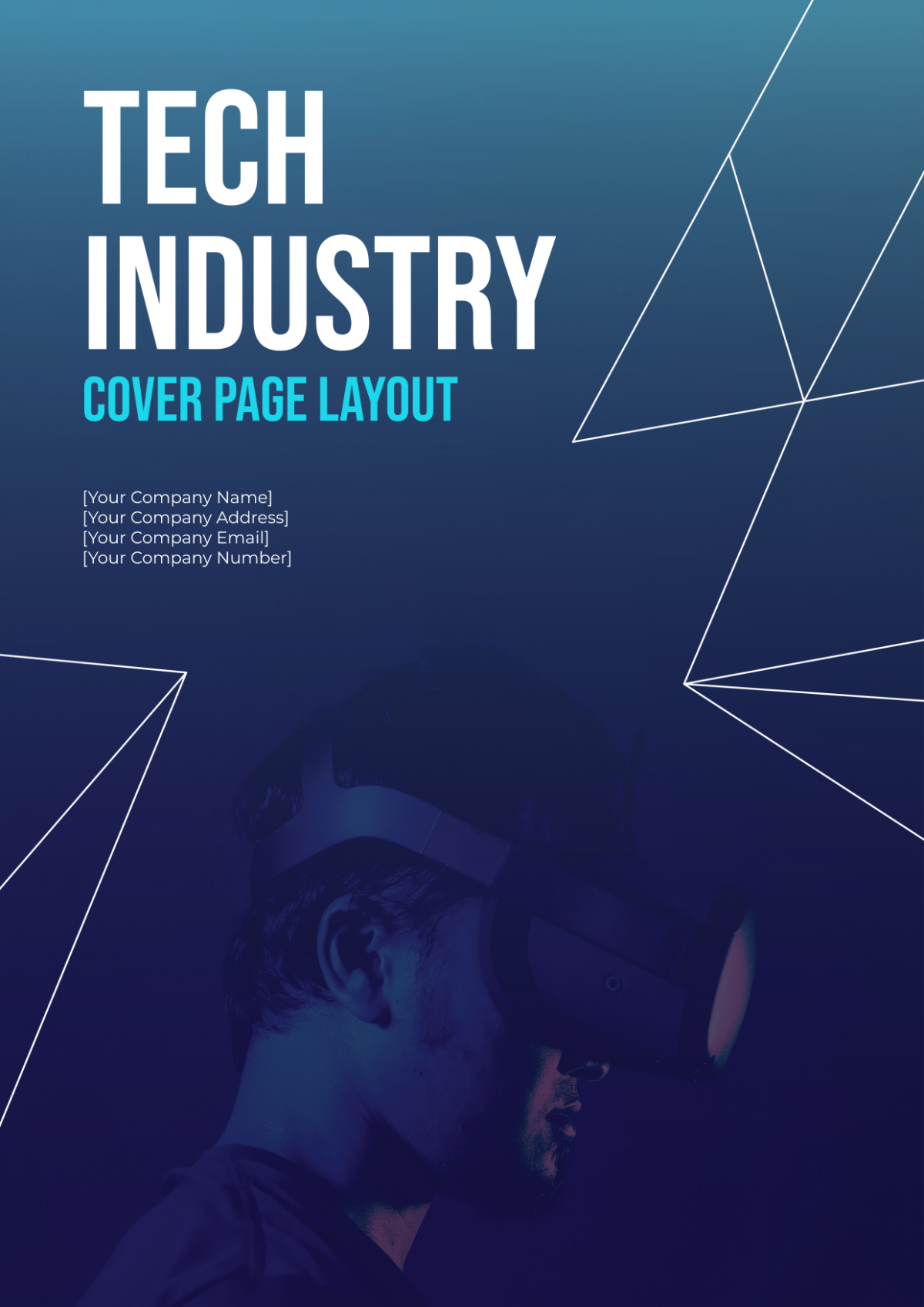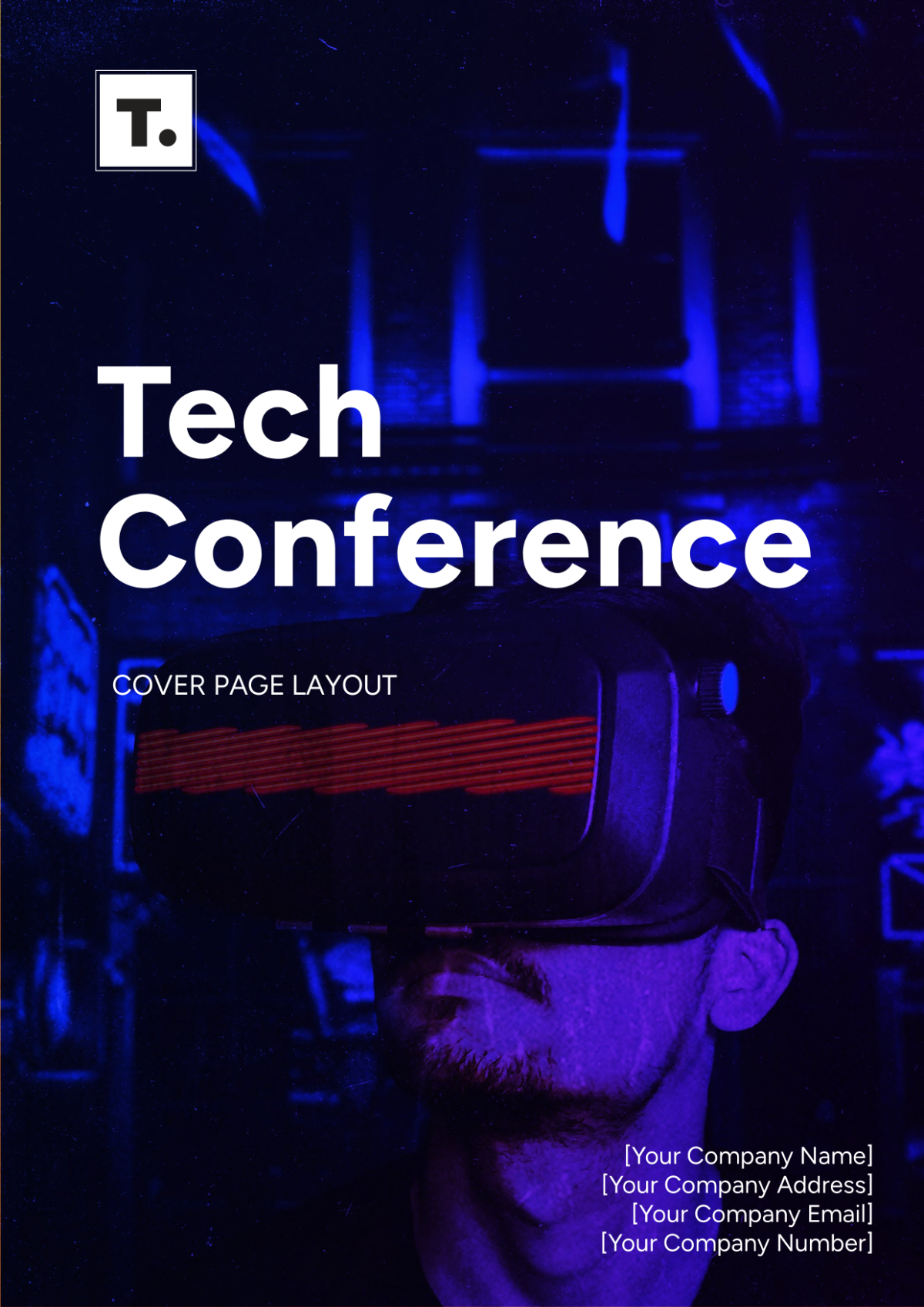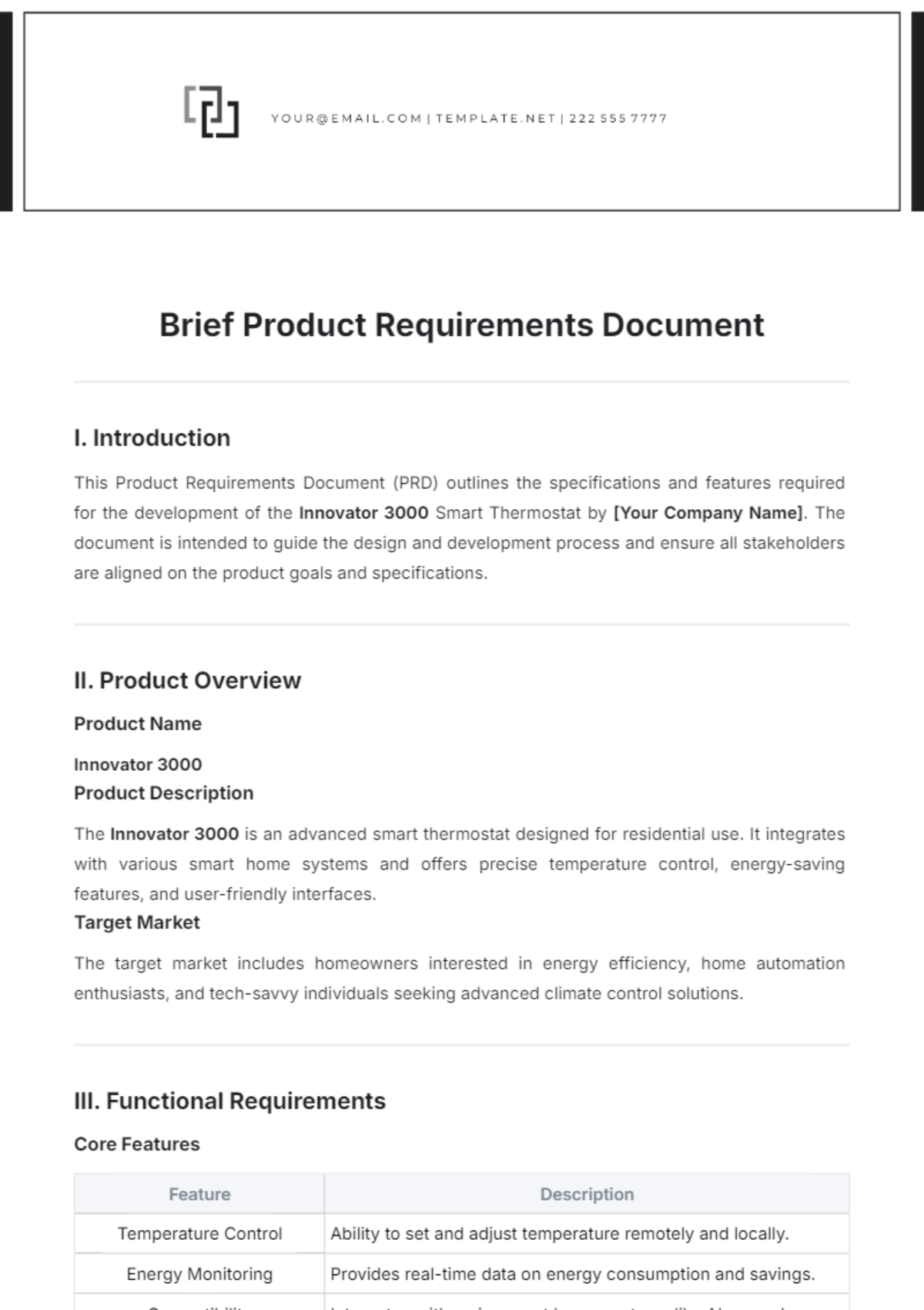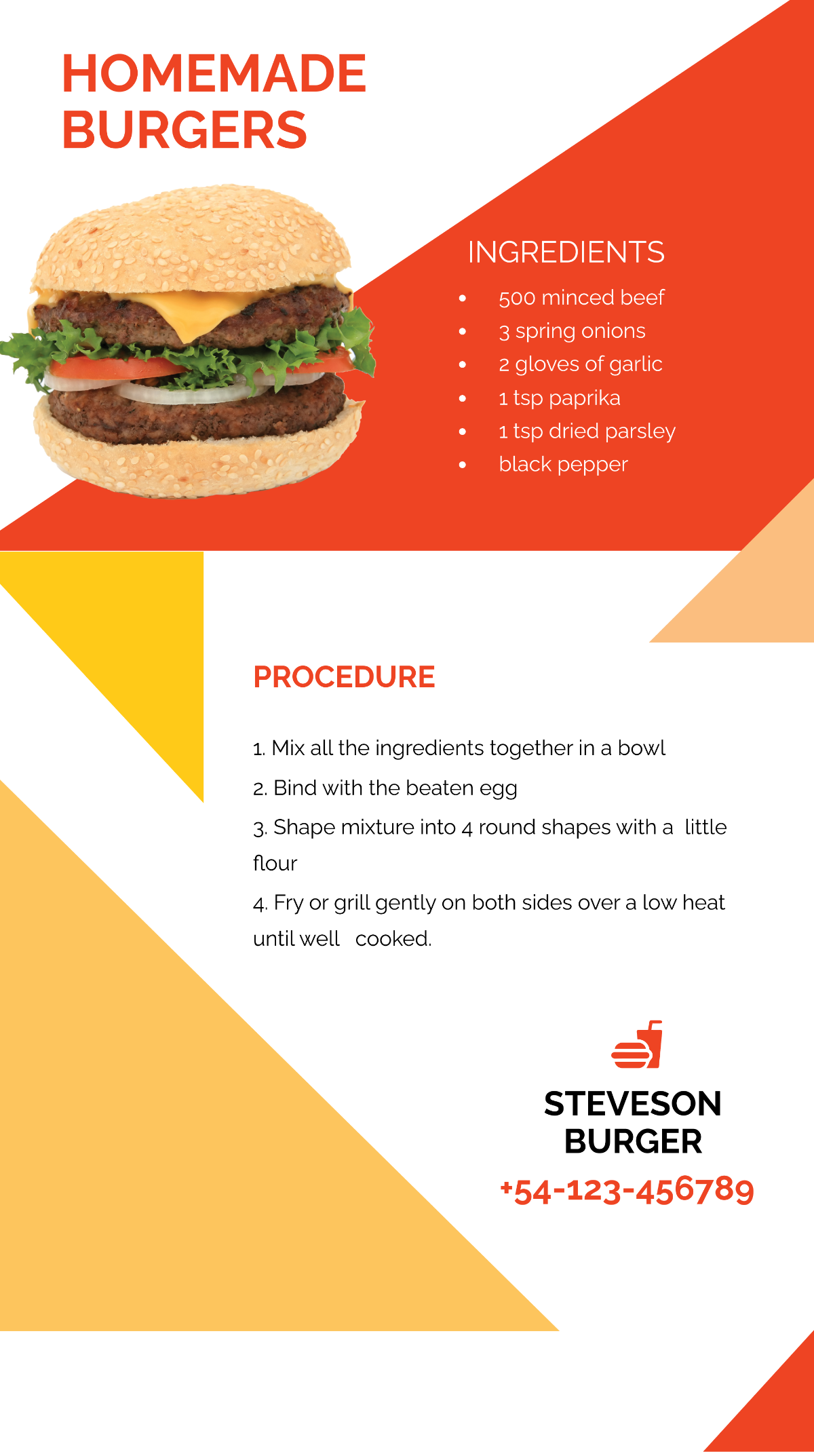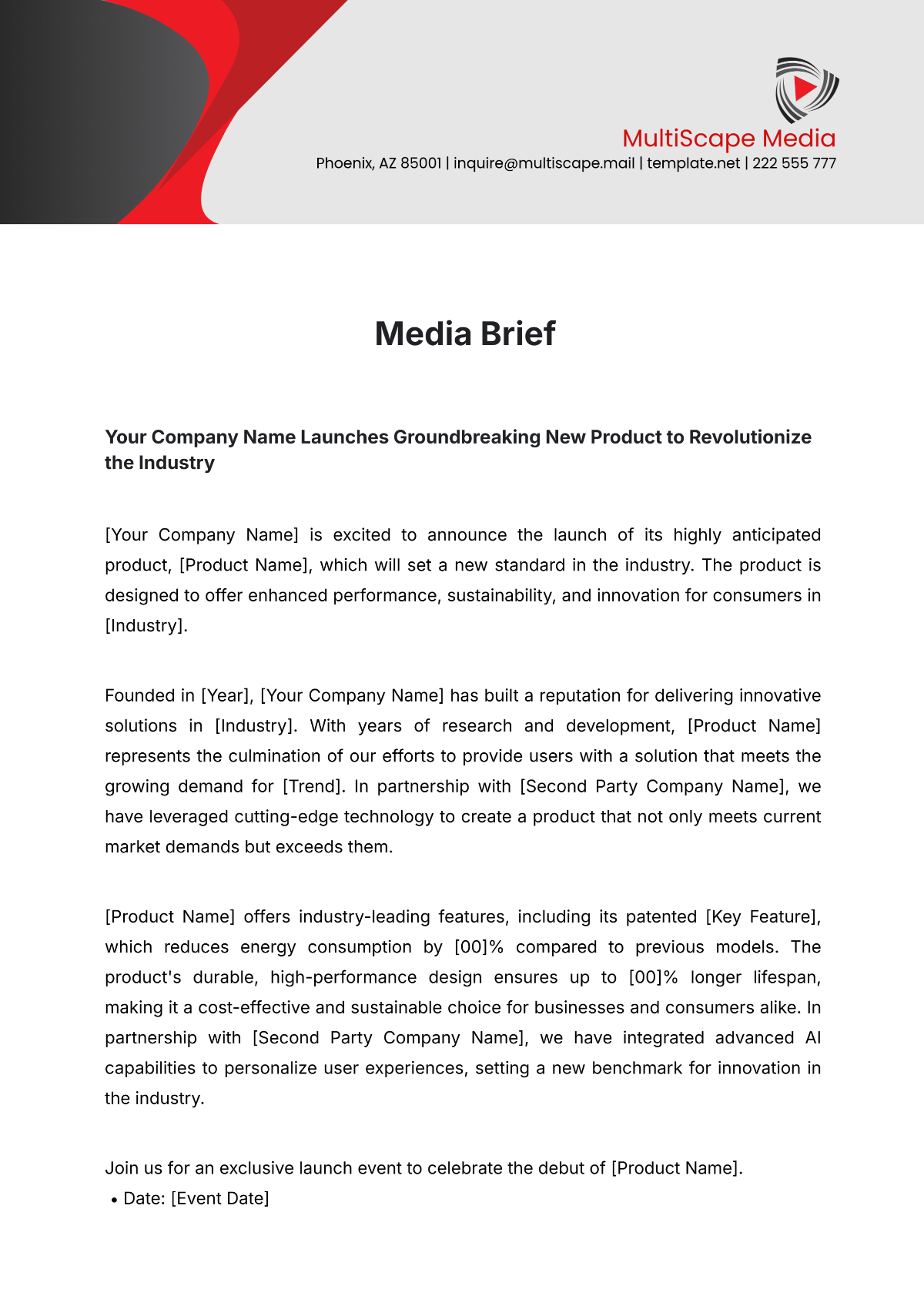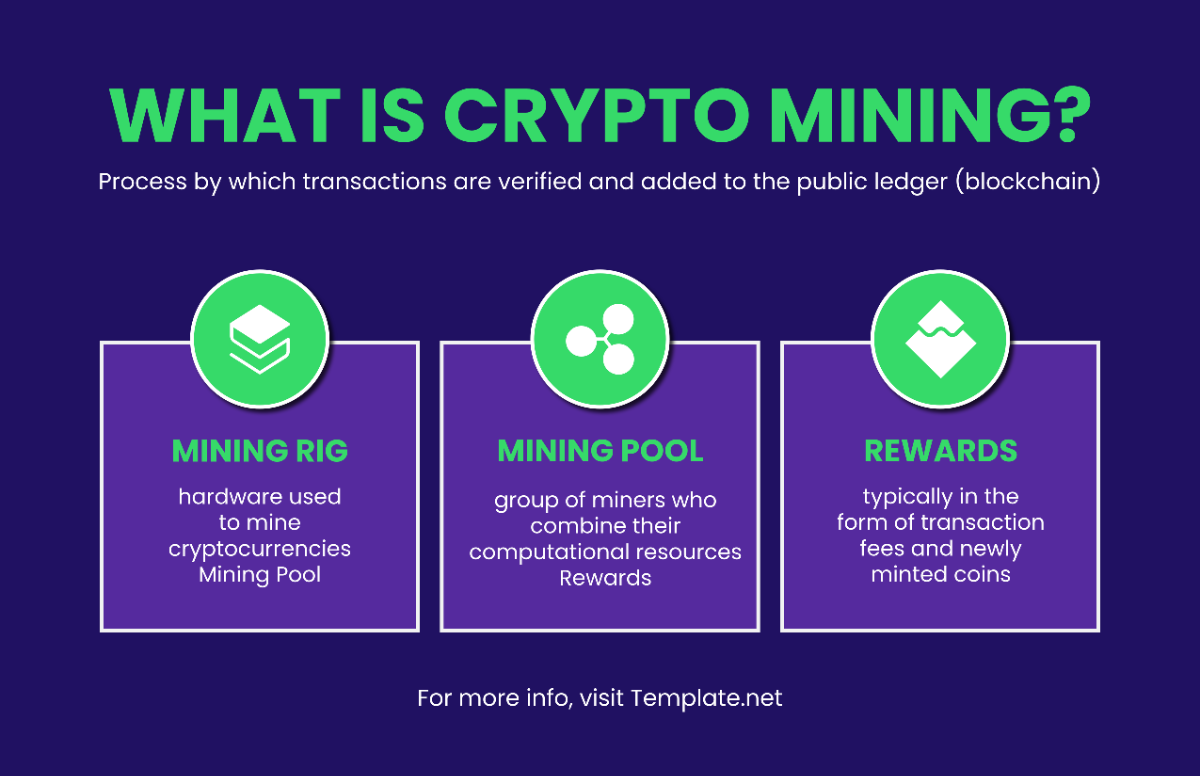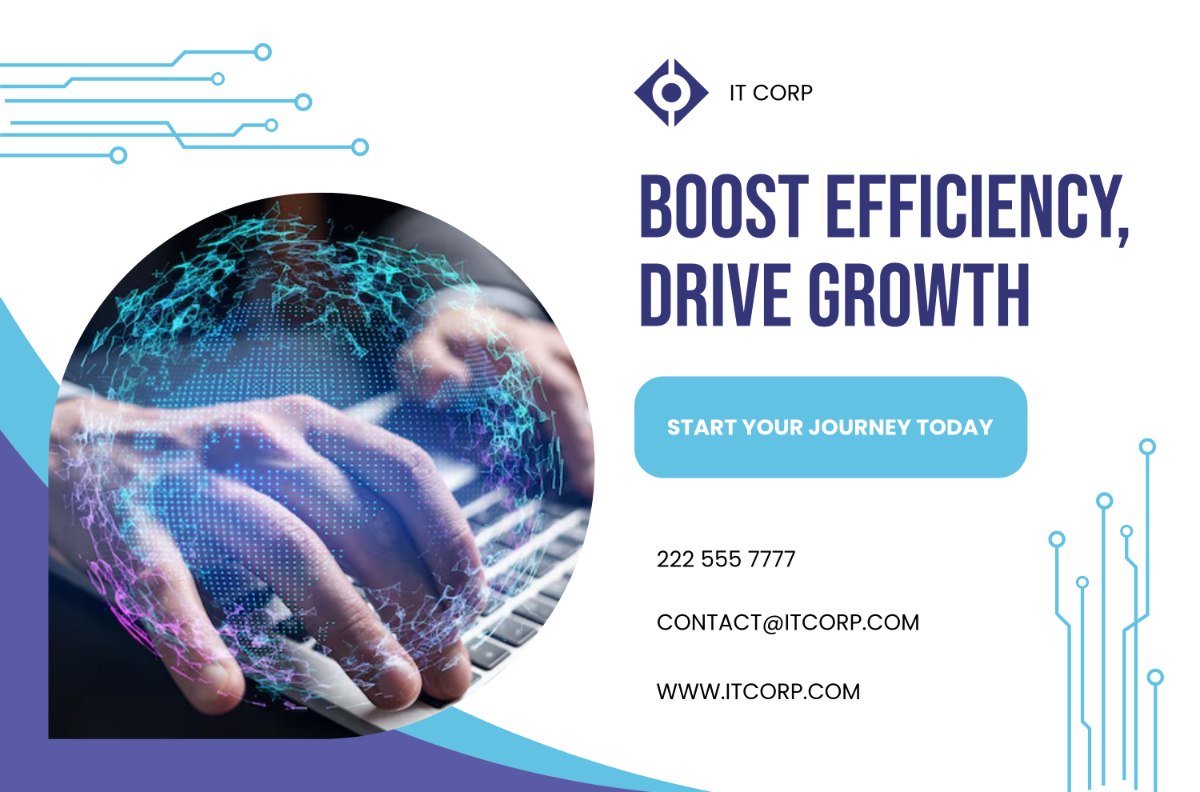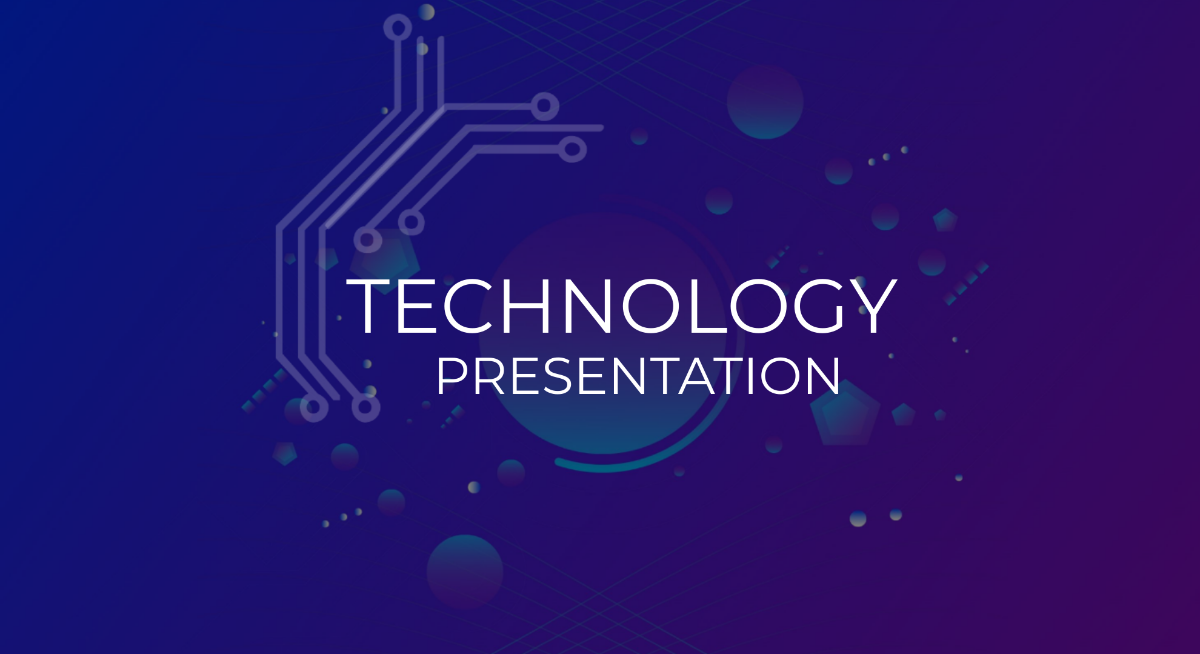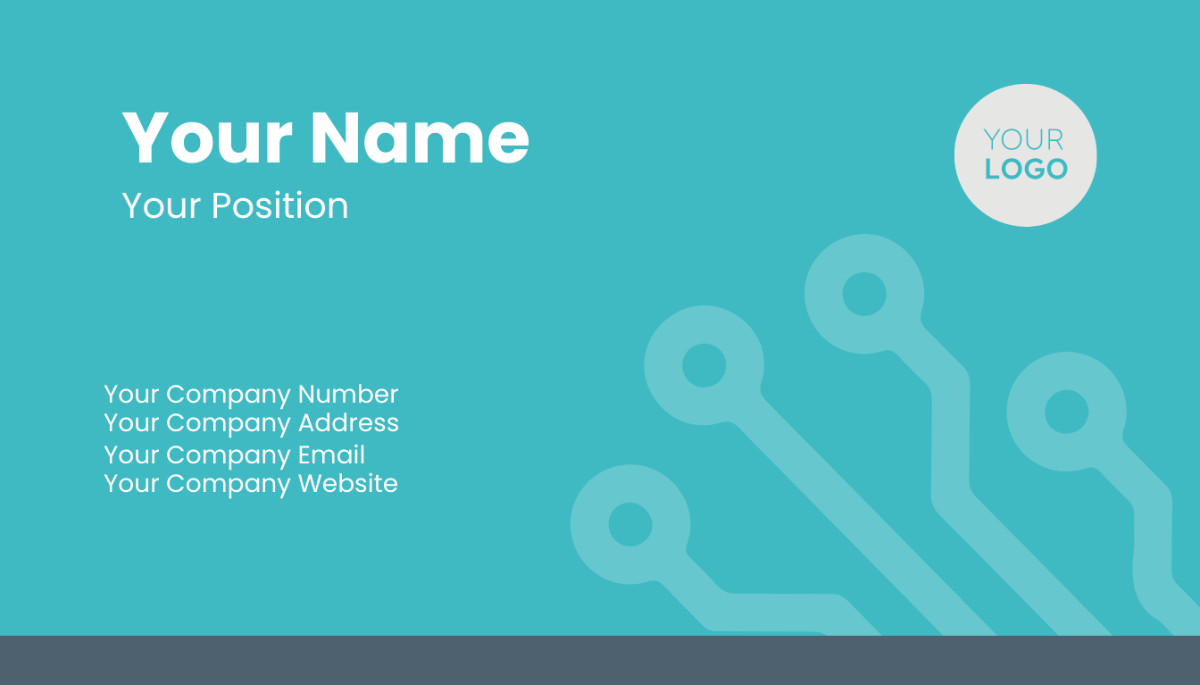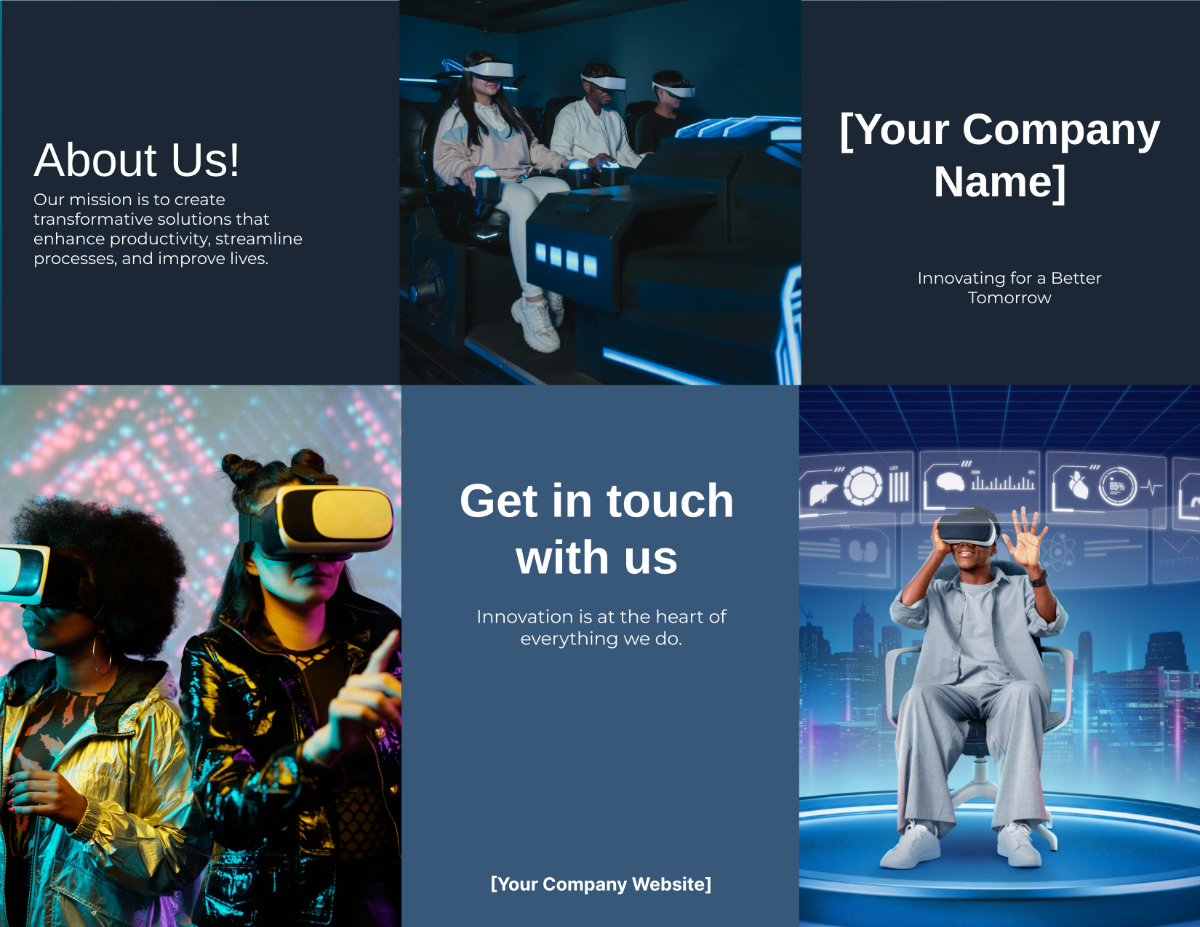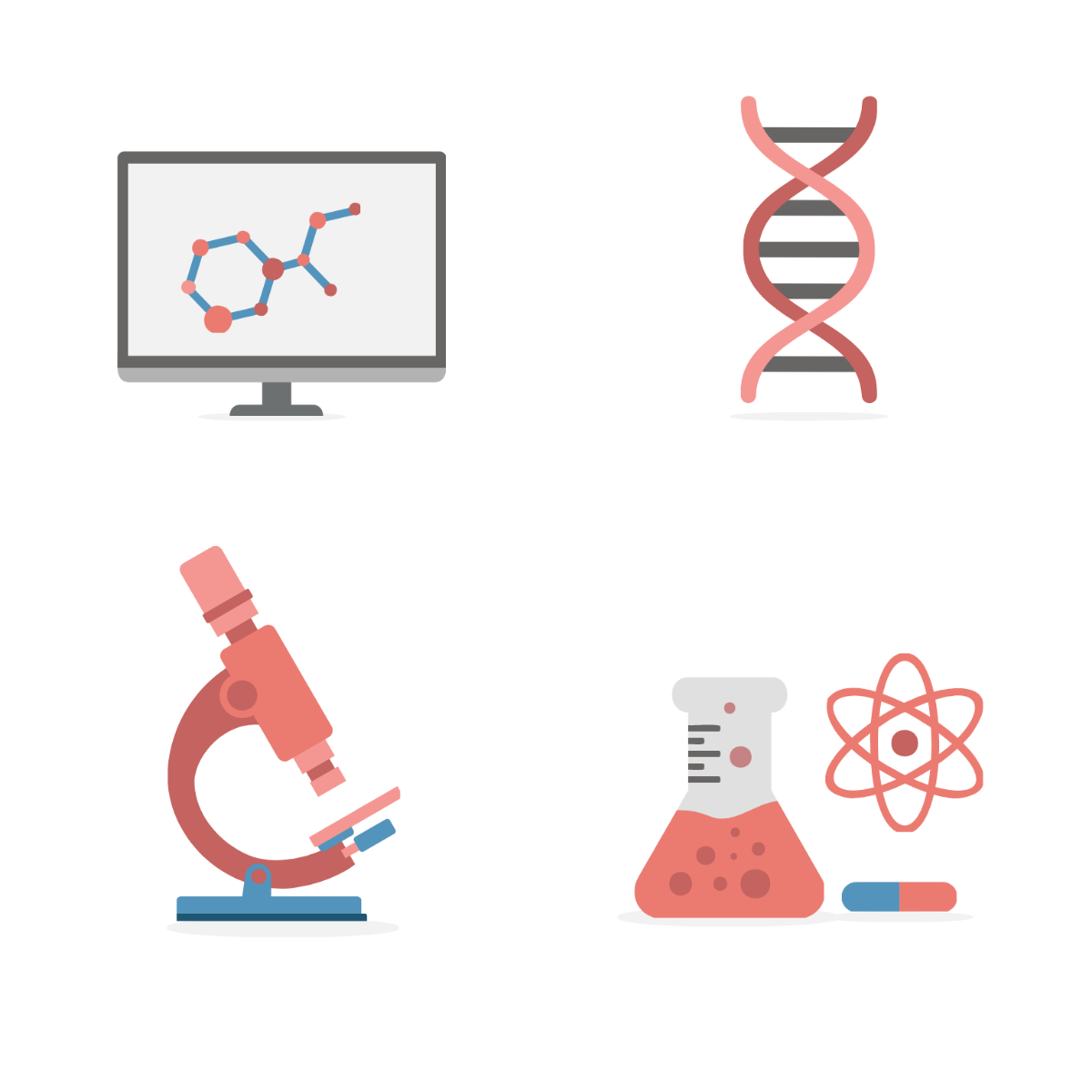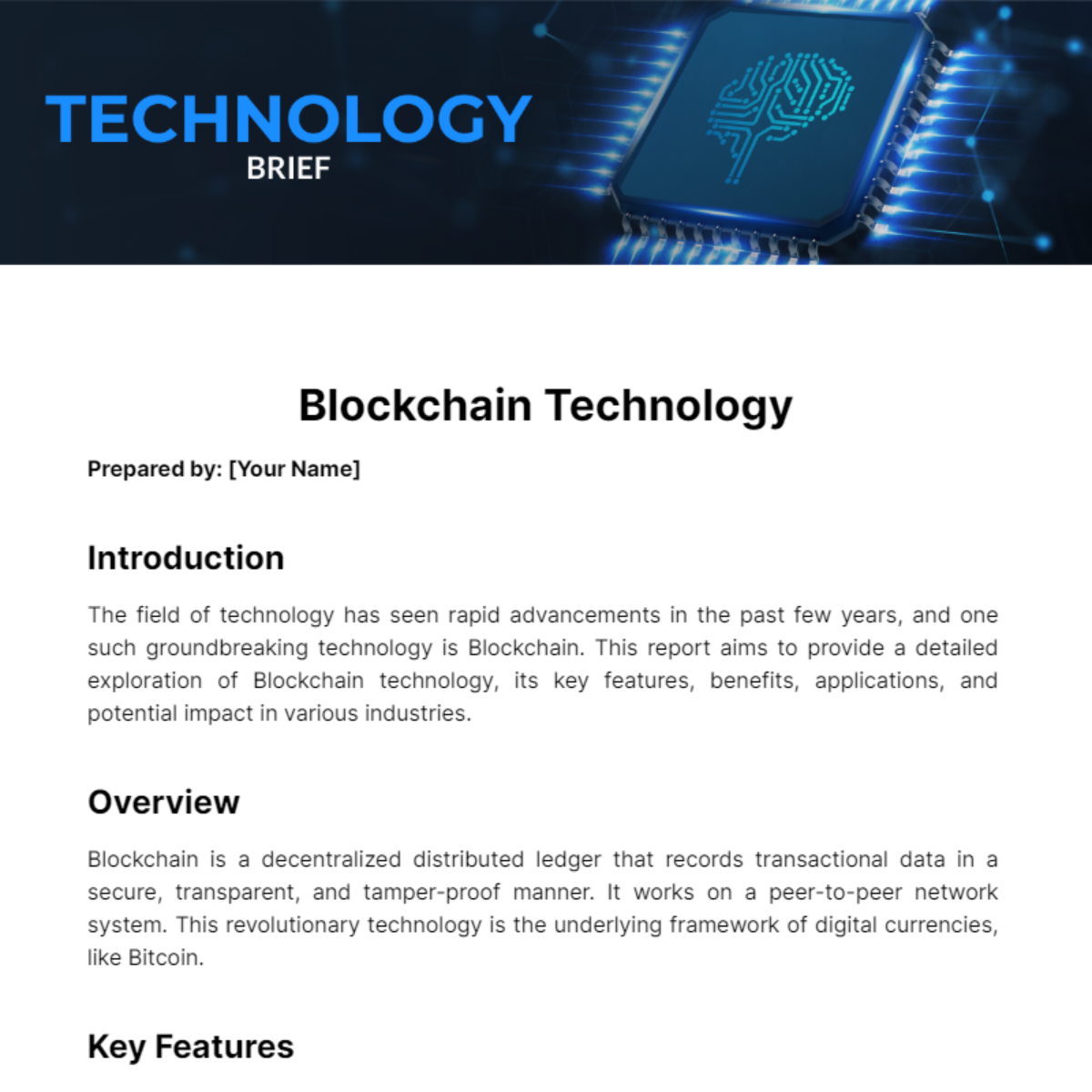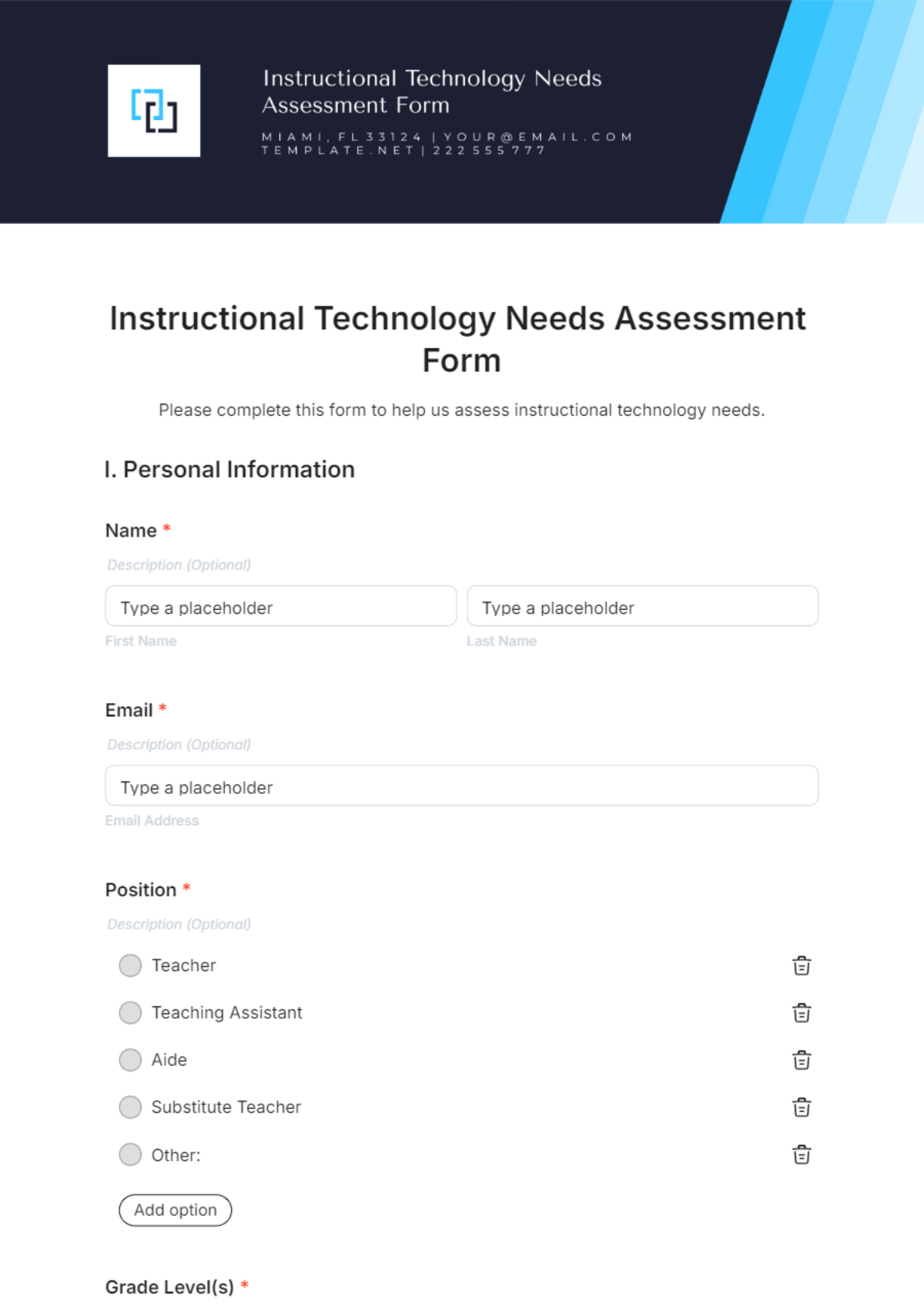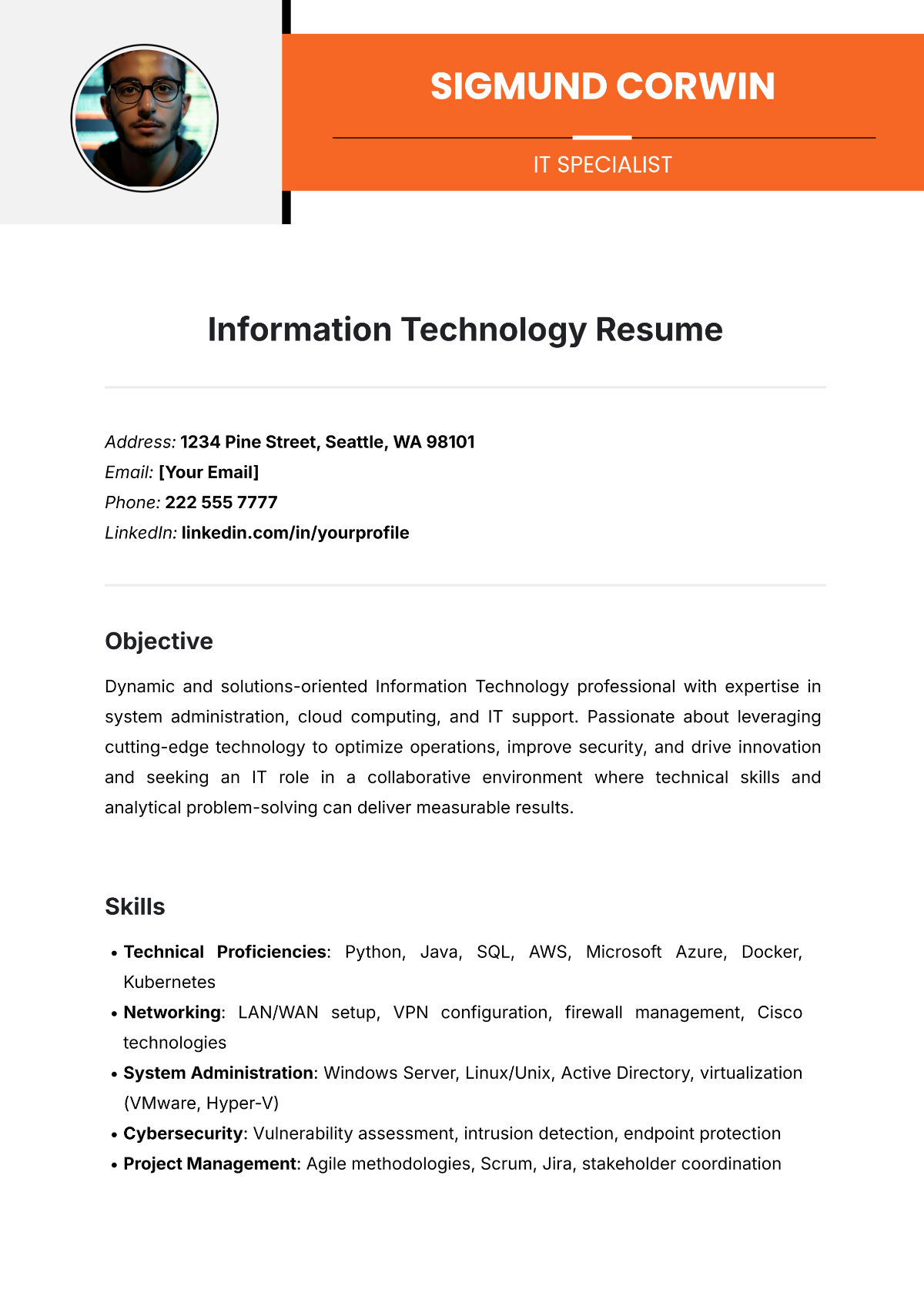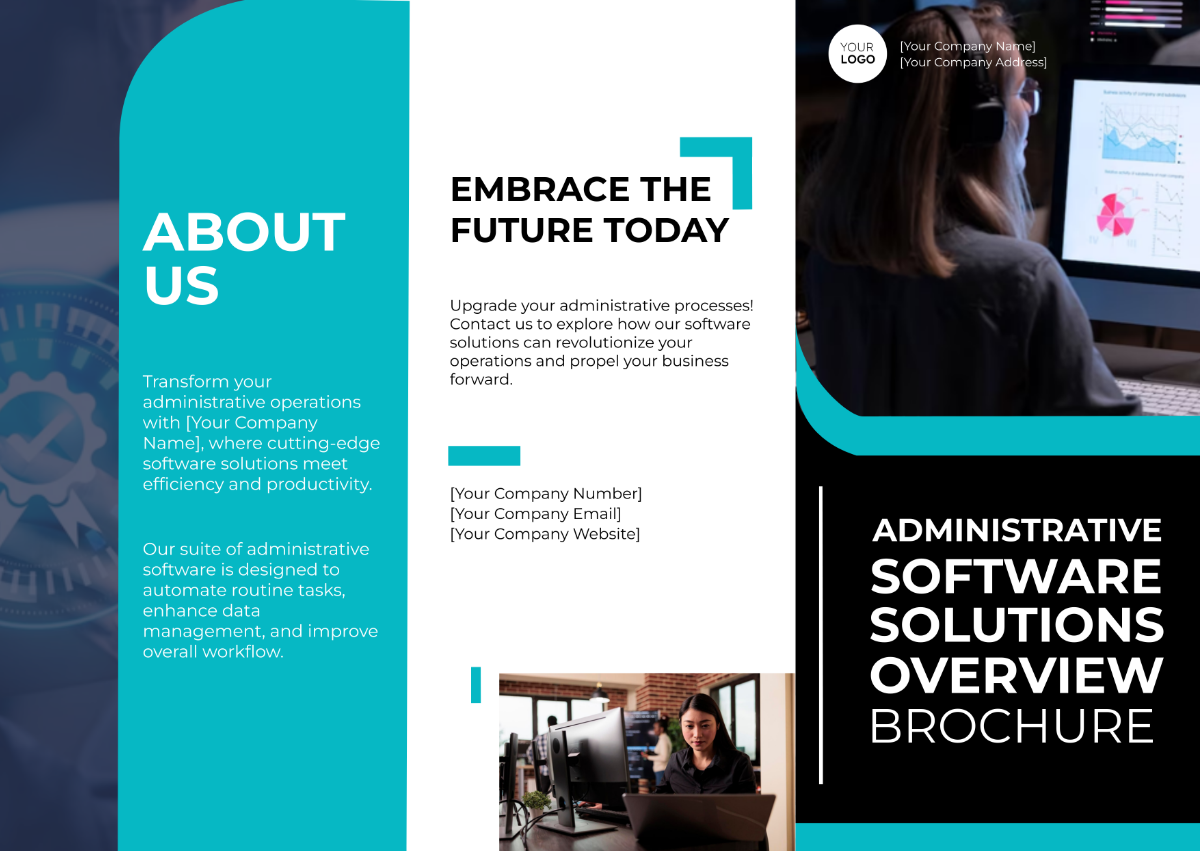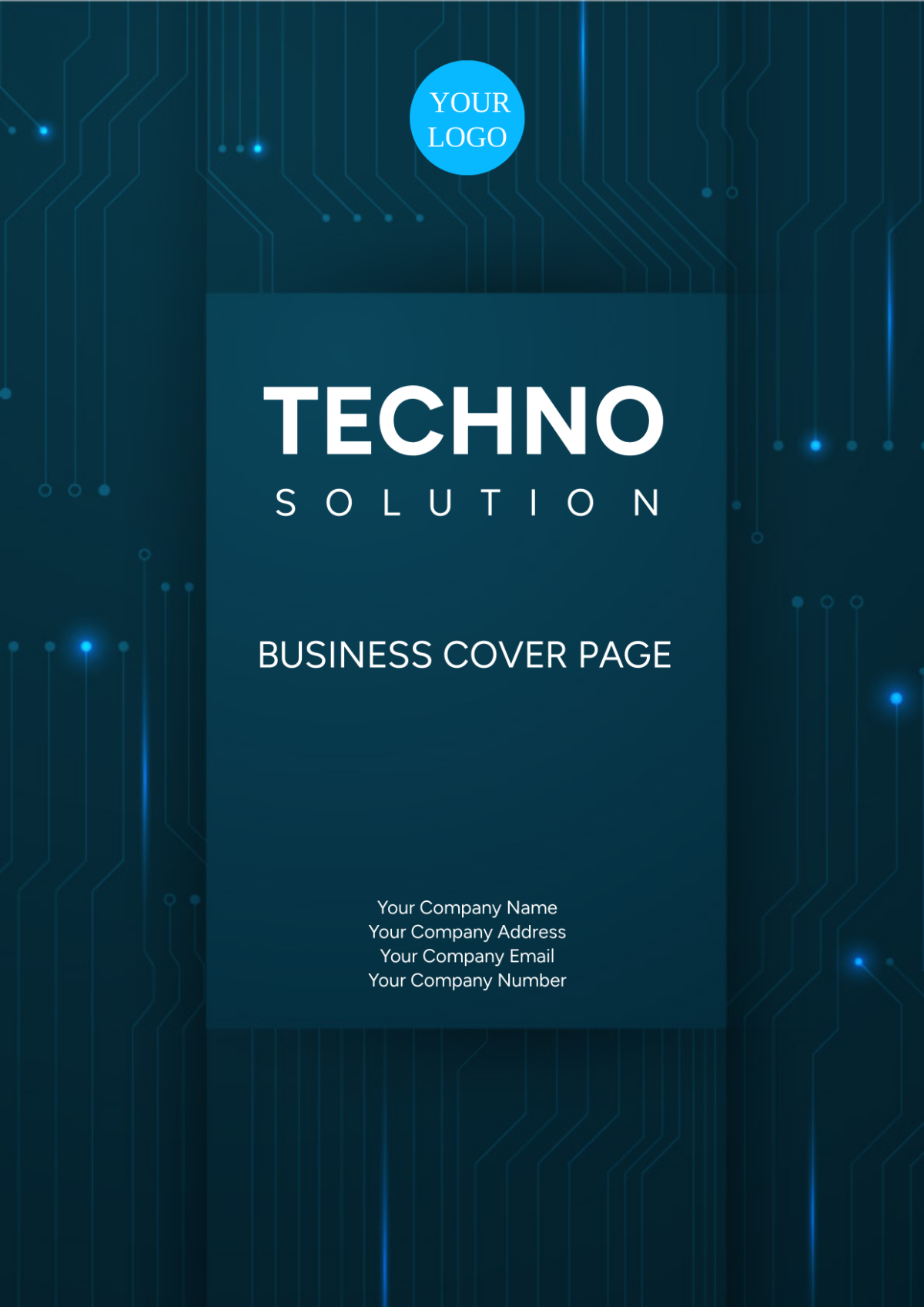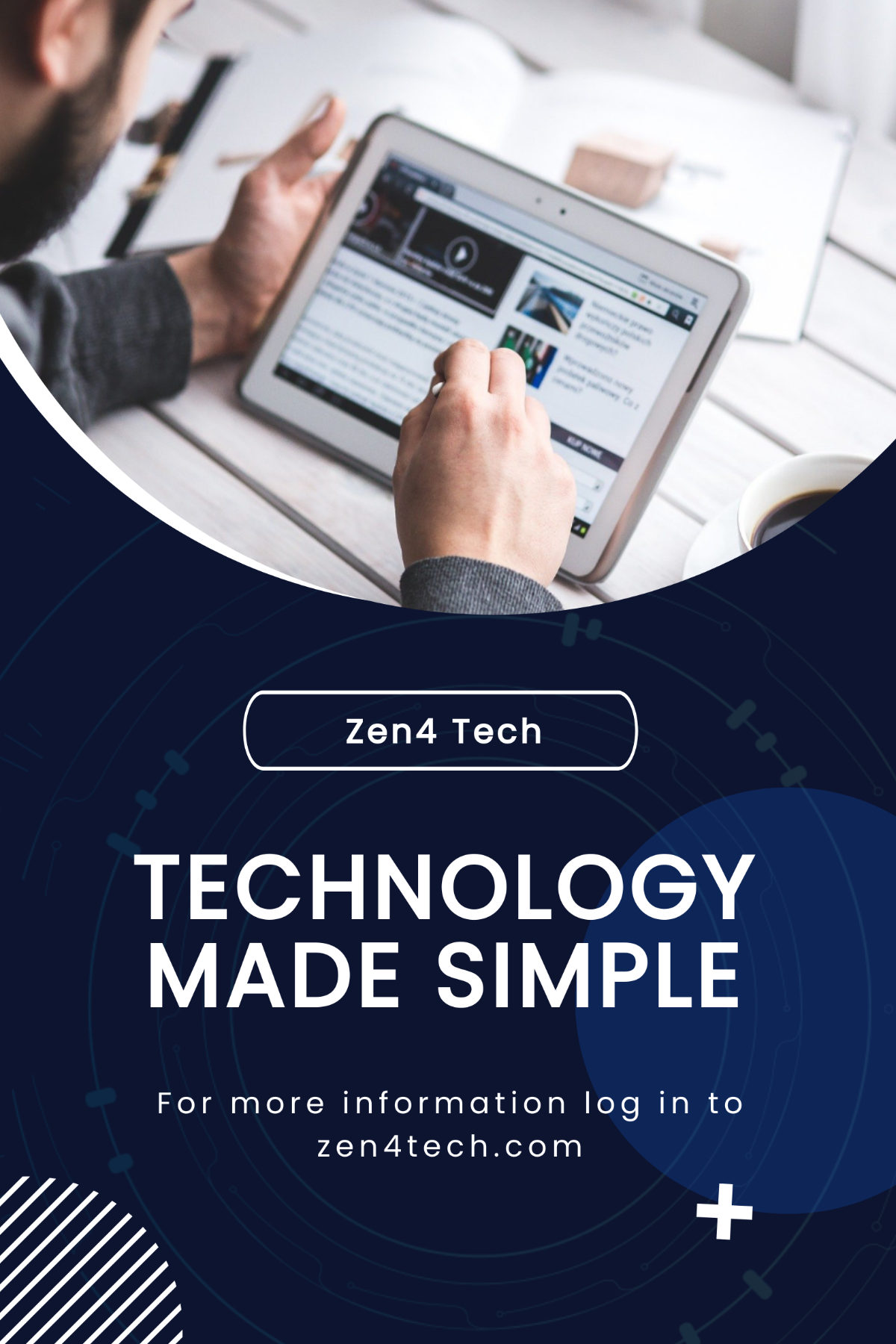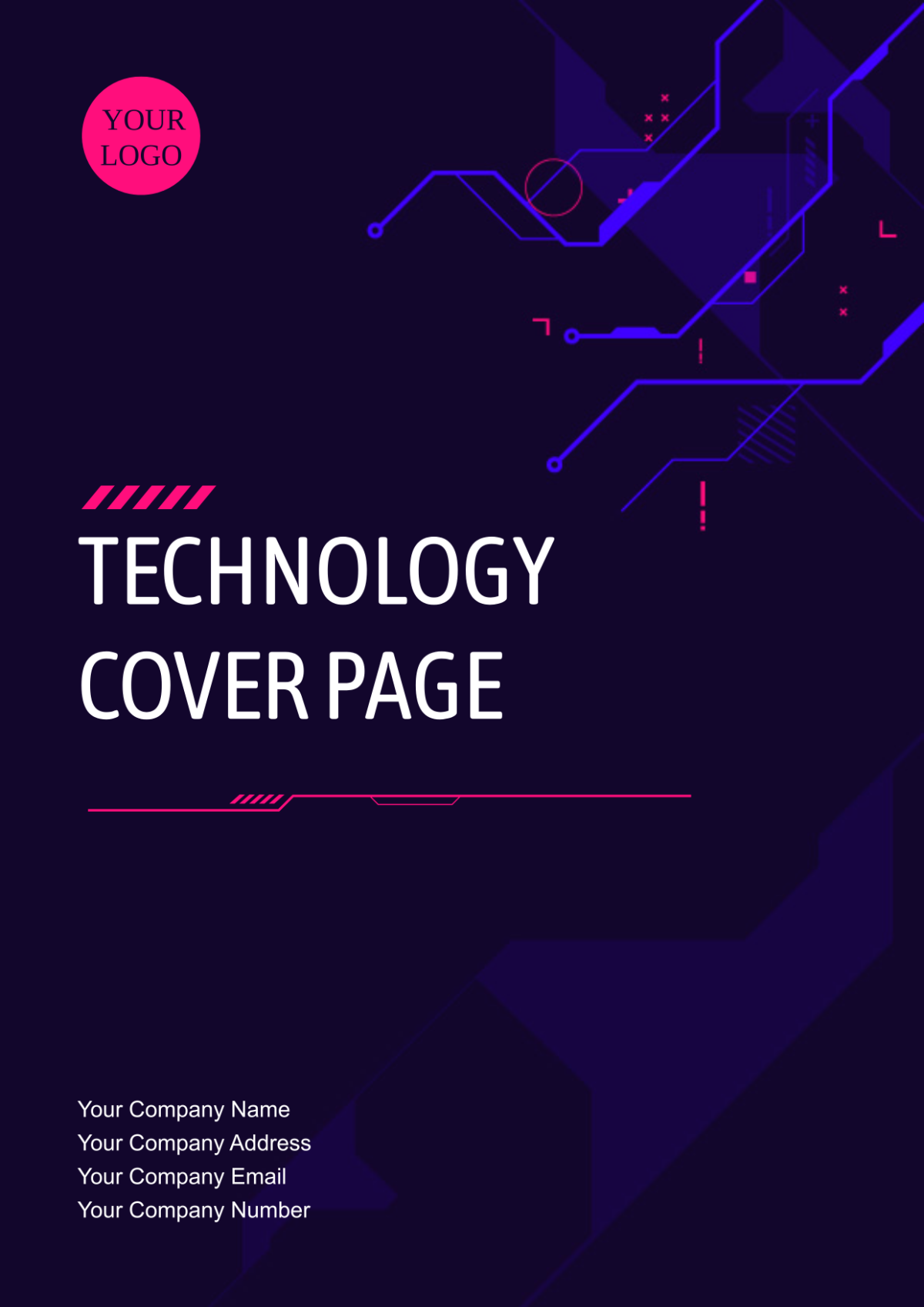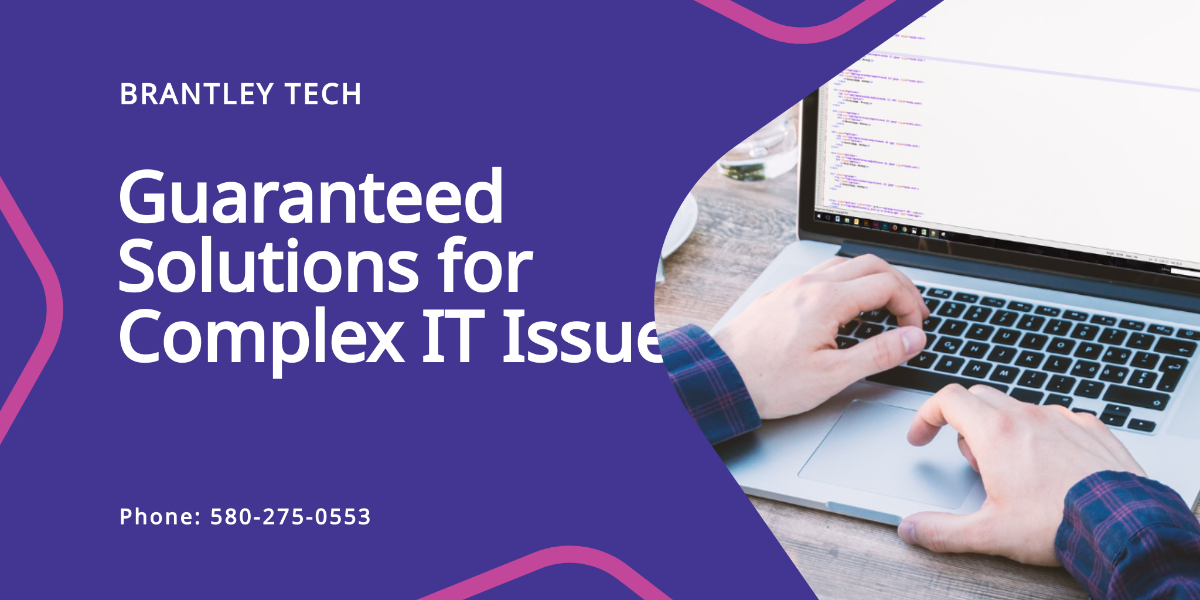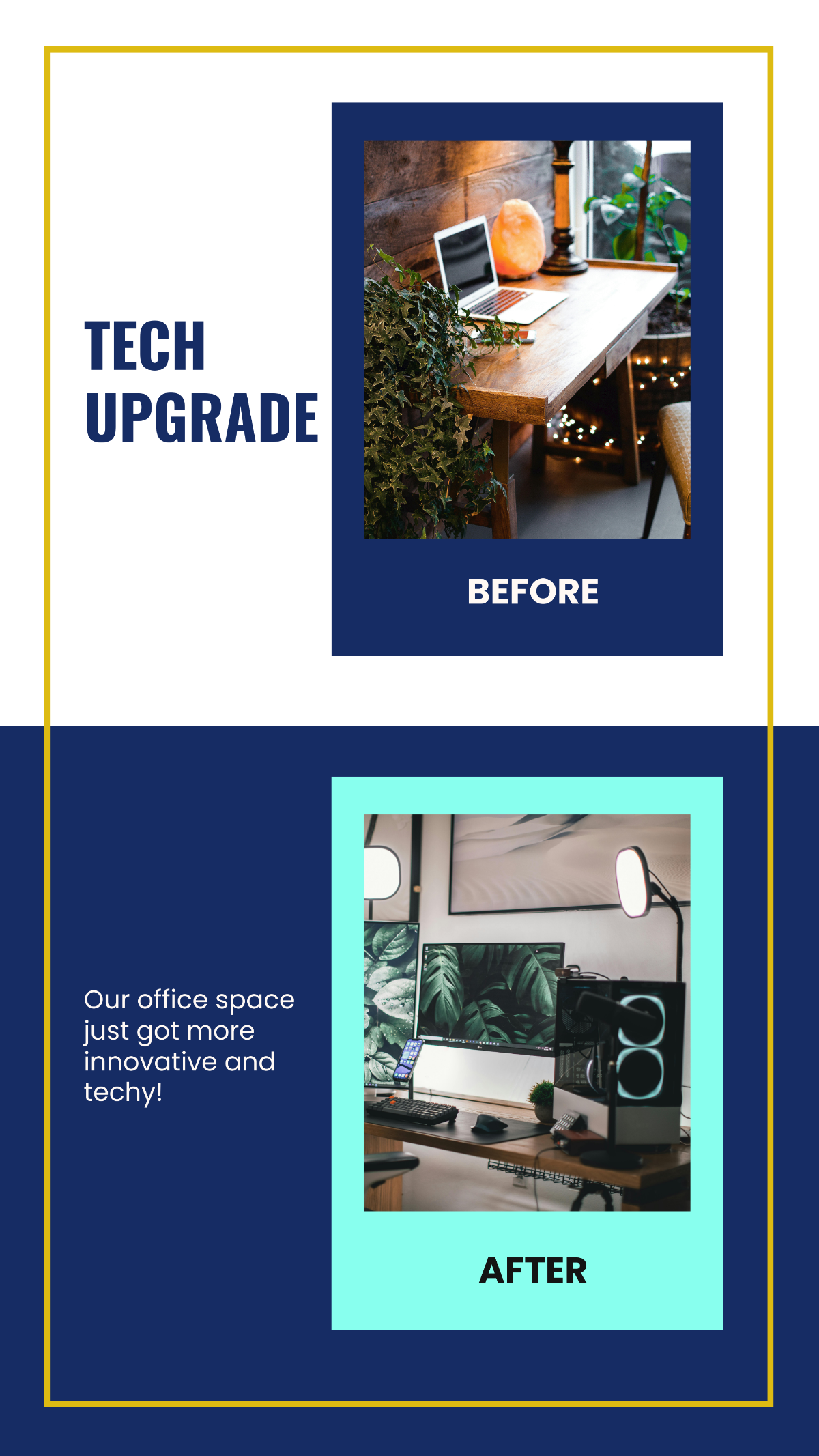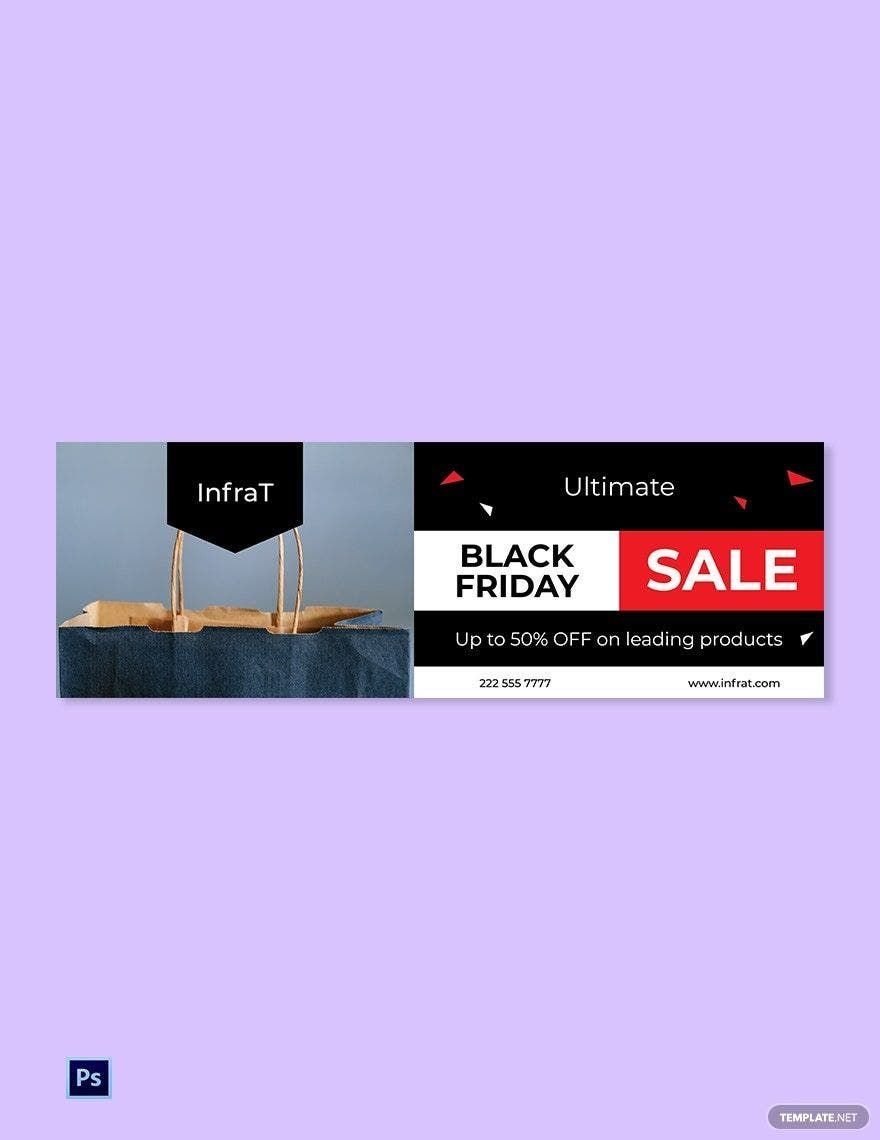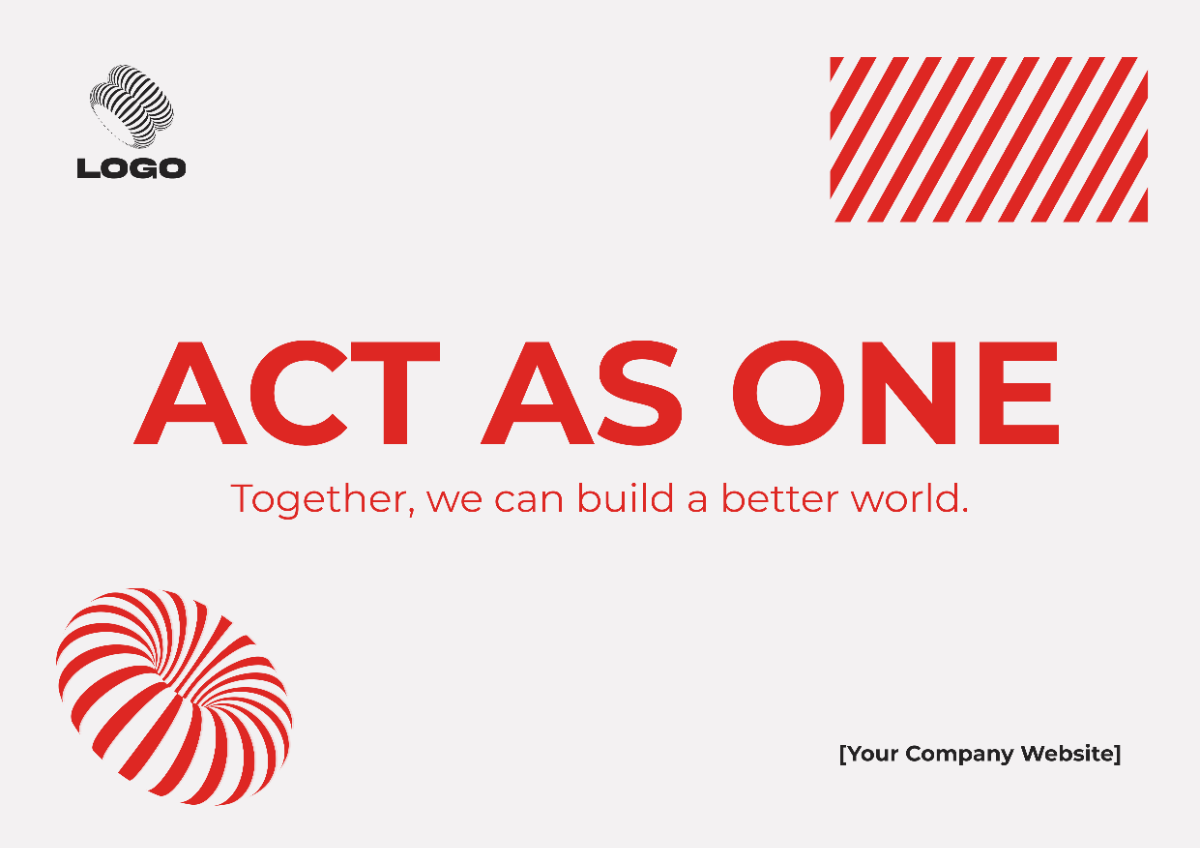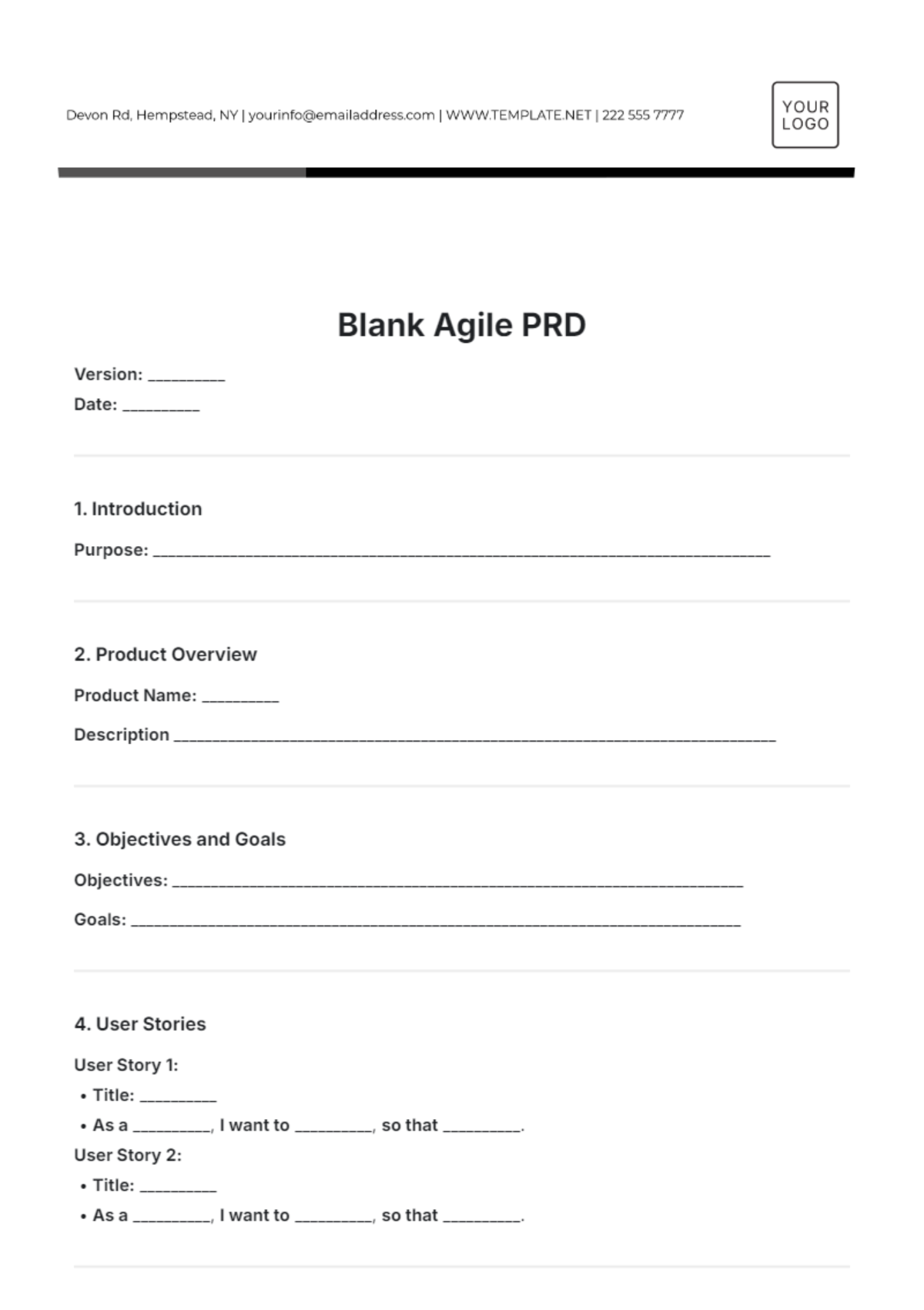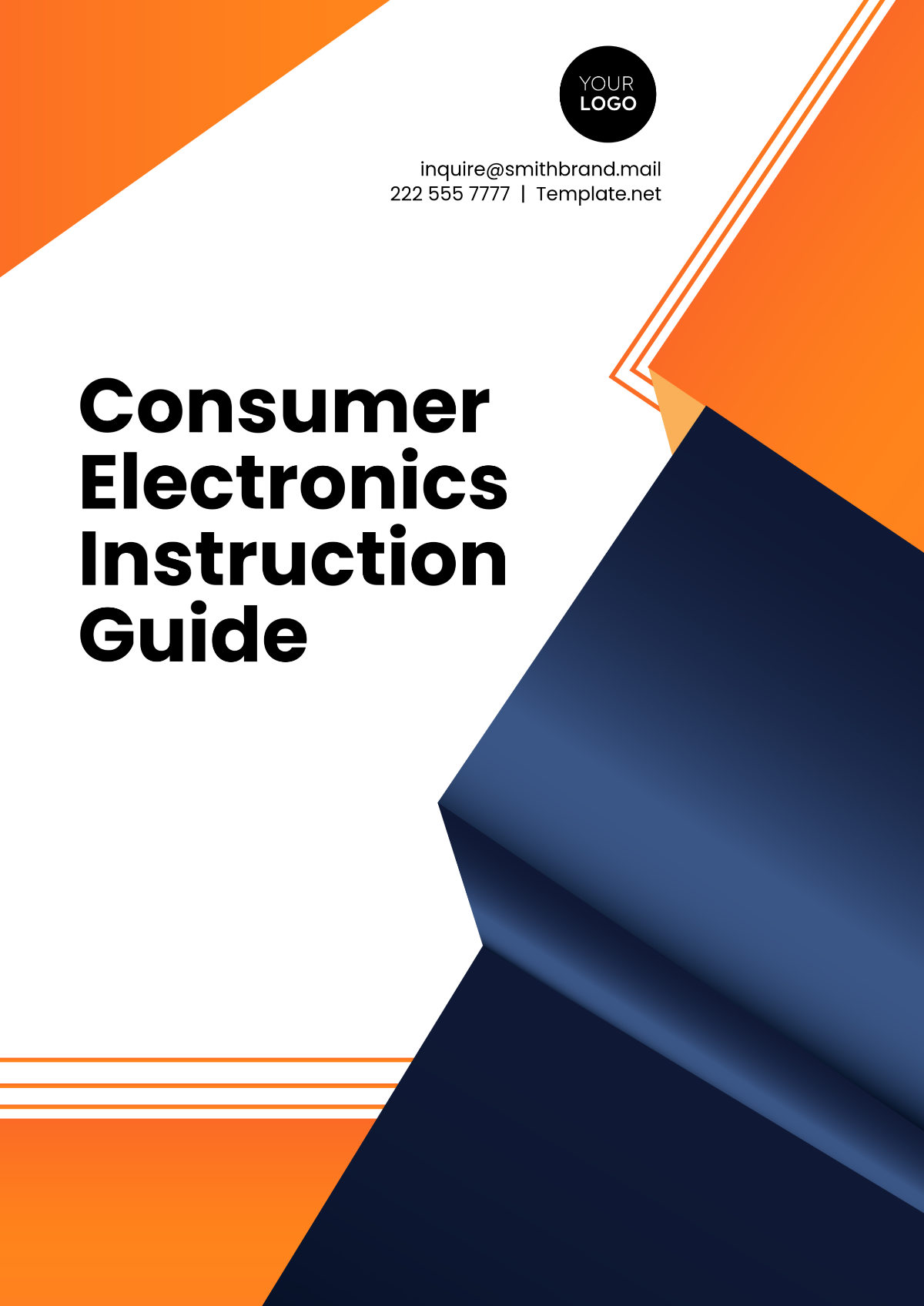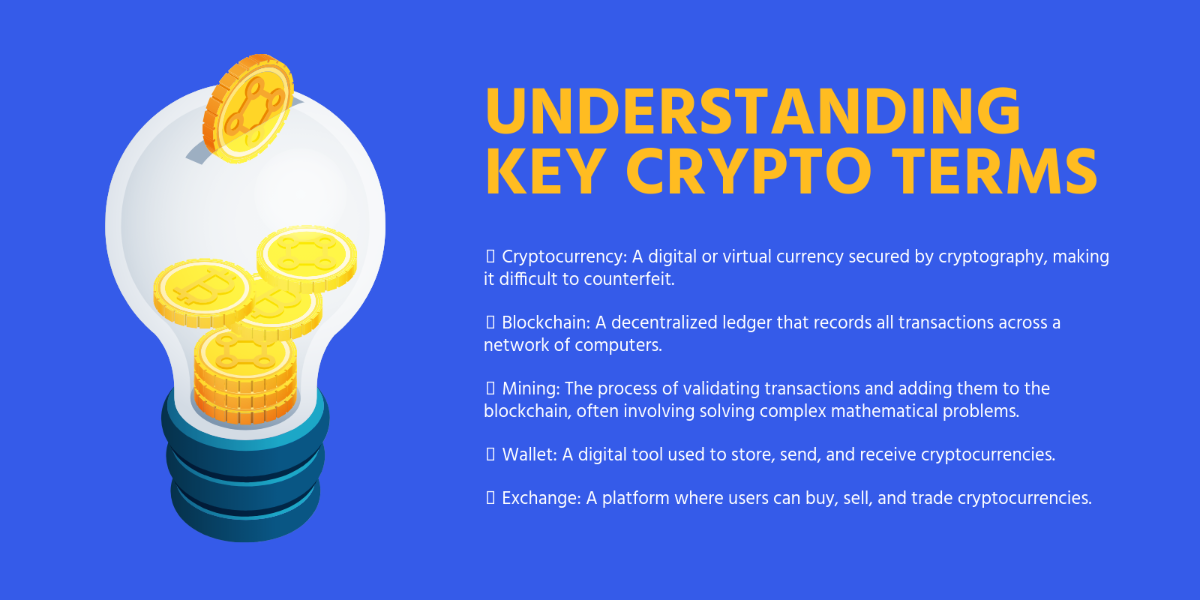Sample Technical Feasibility Study
Prepared by: [Your Name]
Date: November 28, 2050
1. Executive Summary
This study evaluates the technical feasibility of developing a mobile application, QuickBite, that allows users to order food from local restaurants with ease. The application will feature a user-friendly interface, real-time tracking, and secure payment options, aiming to enhance the food delivery experience for urban residents.
2. Project Overview
Objective: Develop the QuickBite mobile application to streamline food ordering and delivery for users in metropolitan areas.
Target Audience: Urban residents aged 18-45, particularly busy professionals and college students.
Key Features:
User Registration: Easy sign-up process via email or social media accounts.
Restaurant Listings: Comprehensive listings of local restaurants with updated menus.
Order Placement: User-friendly ordering system with choices for personalization, such as toppings and sides.
Payment Processing: Integration with multiple payment methods, including credit cards and mobile wallets.
Real-Time Tracking: Live GPS tracking of deliveries for customers and restaurant partners.
Ratings and Reviews: Users can rate their experience and leave feedback for restaurants.
3. Technical Requirements
Platform: iOS (version 12 and above) and Android (version 9 and above).
Backend Infrastructure:
Cloud Provider: Amazon Web Services (AWS) for scalable cloud computing solutions.
Database: MongoDB for flexible data storage and management.
Frontend Development:
Frameworks: React Native for cross-platform mobile app development to ensure a native look and feel on both iOS and Android.
APIs:
Payment Processing API: Stripe for secure transactions and user authentication.
Mapping and Tracking API: Google Maps API for accurate location tracking and route optimization.
4. Technical Constraints
Compatibility: The app must support devices with varying screen sizes and performance capabilities.
Scalability: The architecture must handle up to 10,000 simultaneous users during peak hours, ensuring quick response times.
Security: Compliance with GDPR and PCI-DSS for secure handling of personal and payment information.
5. Implementation Plan
Phase 1: Requirement Gathering and Planning (1 month)
Conduct surveys and focus groups to gather user requirements.
Phase 2: UI/UX Design (1 month)
Design wireframes and prototypes using Figma based on user feedback.
Phase 3: Development (3 months)
Frontend Development: Implement the user interface using React Native.
Backend Development: Set up the server, database, and APIs.
Phase 4: Testing (1 month)
Perform functional, usability, performance, and security testing.
Phase 5: Launch (1 month)
Soft launch in selected urban areas, followed by a full-scale launch based on initial feedback.
Phase 6: Post-launch Support and Maintenance
Ongoing technical support and regular updates based on user feedback and performance metrics.
6. Budget Estimate
Development Costs: $200,000
Personnel (Developers, Designers): $120,000
Licensing Fees (APIs, Tools): $30,000
Testing and QA: $50,000
Infrastructure Costs: $15,000 (annual)
AWS services, domain registration, and hosting.
Marketing Costs: $25,000
Initial promotional campaigns on social media and partnerships with local influencers.
7. Risks and Mitigation
Technical Risks:
Risk: Potential delays in development due to technical challenges.
Mitigation: Employ agile methodologies and iterative development to quickly address issues.
Market Risks:
Risk: Strong competition from established food delivery services like UberEats and DoorDash.
Mitigation: Differentiate QuickBite with unique features, like exclusive restaurant partnerships and loyalty rewards for users.
8. Conclusion
The development of the QuickBite food delivery mobile application is technically feasible with the proposed technology stack, resources, and timeline. Continued market analysis and user feedback will be crucial to refining features and ensuring a successful launch. Immediate next steps include finalizing requirements and commencing the design phase.



